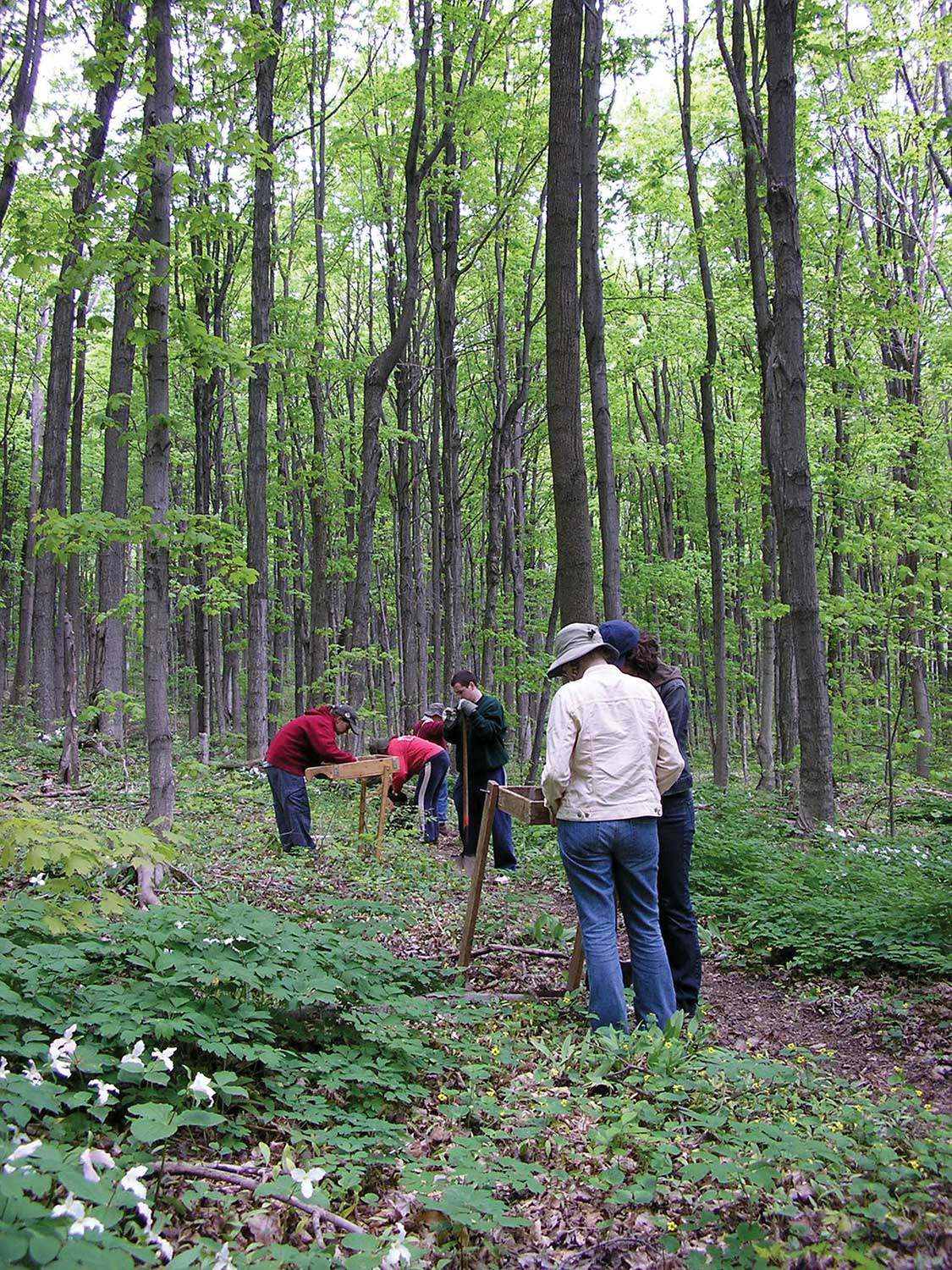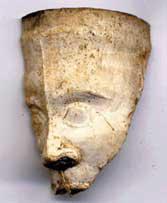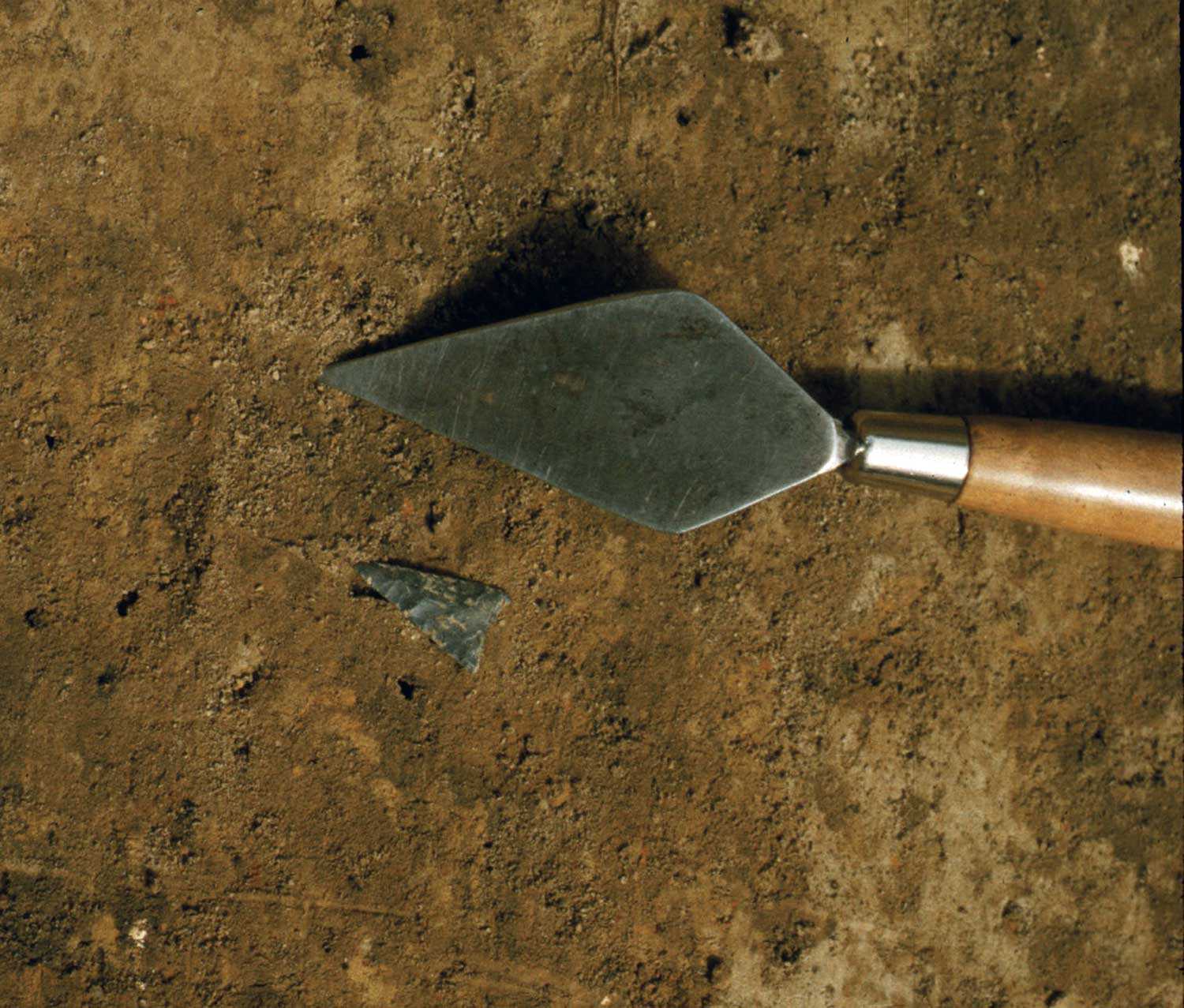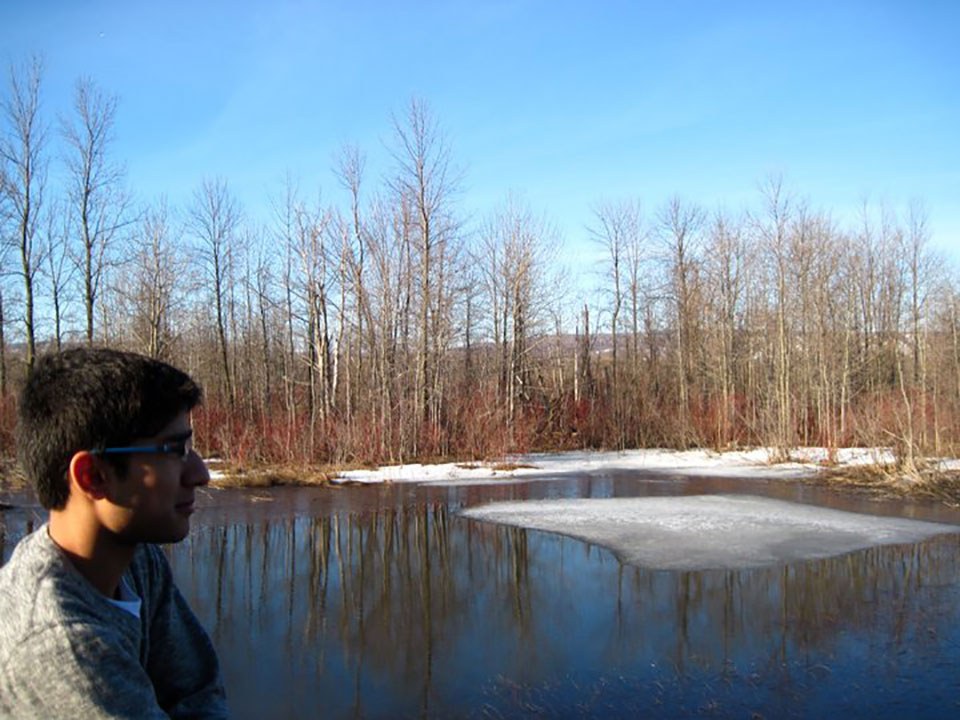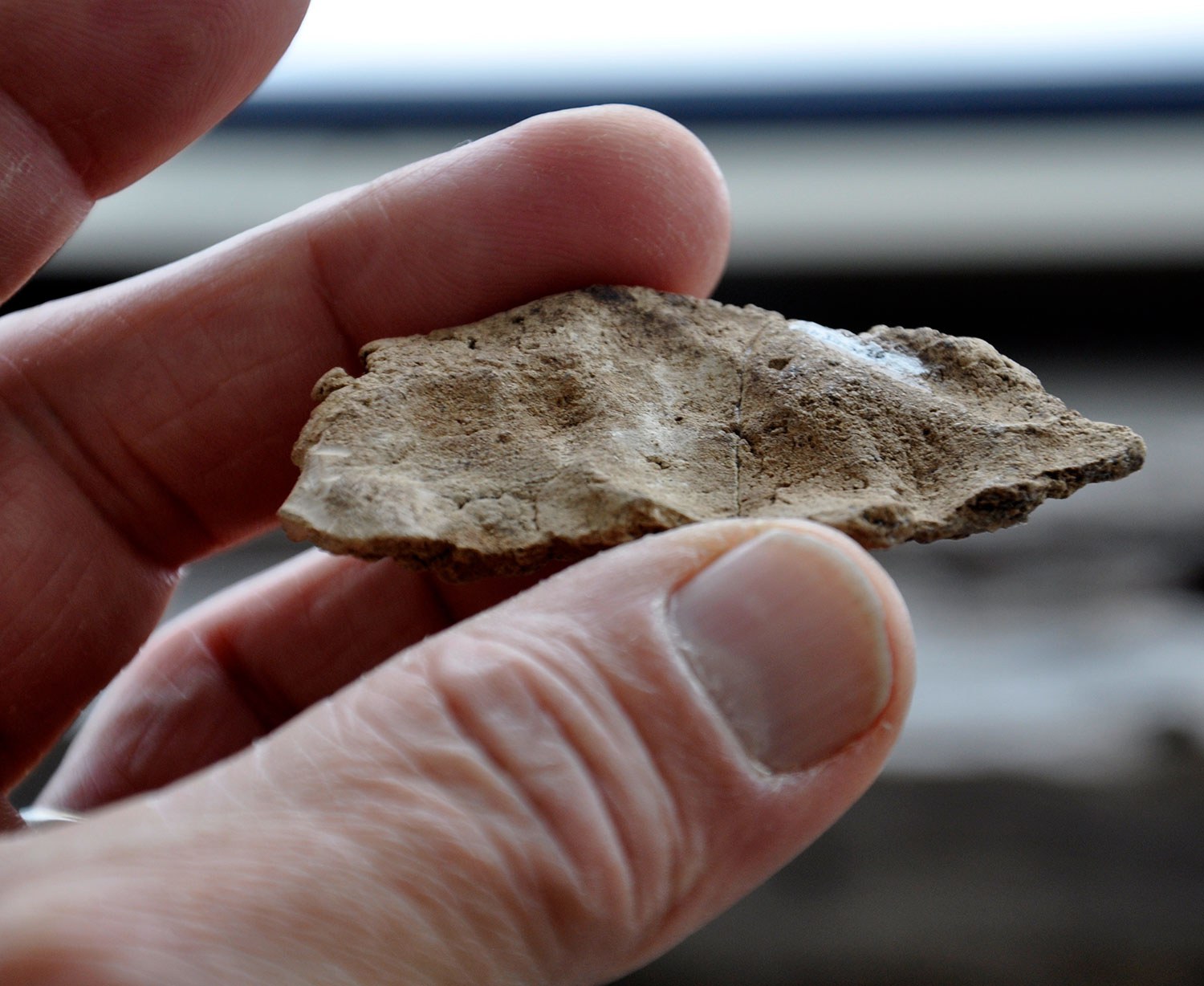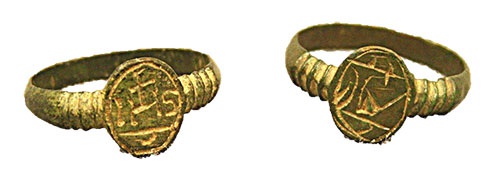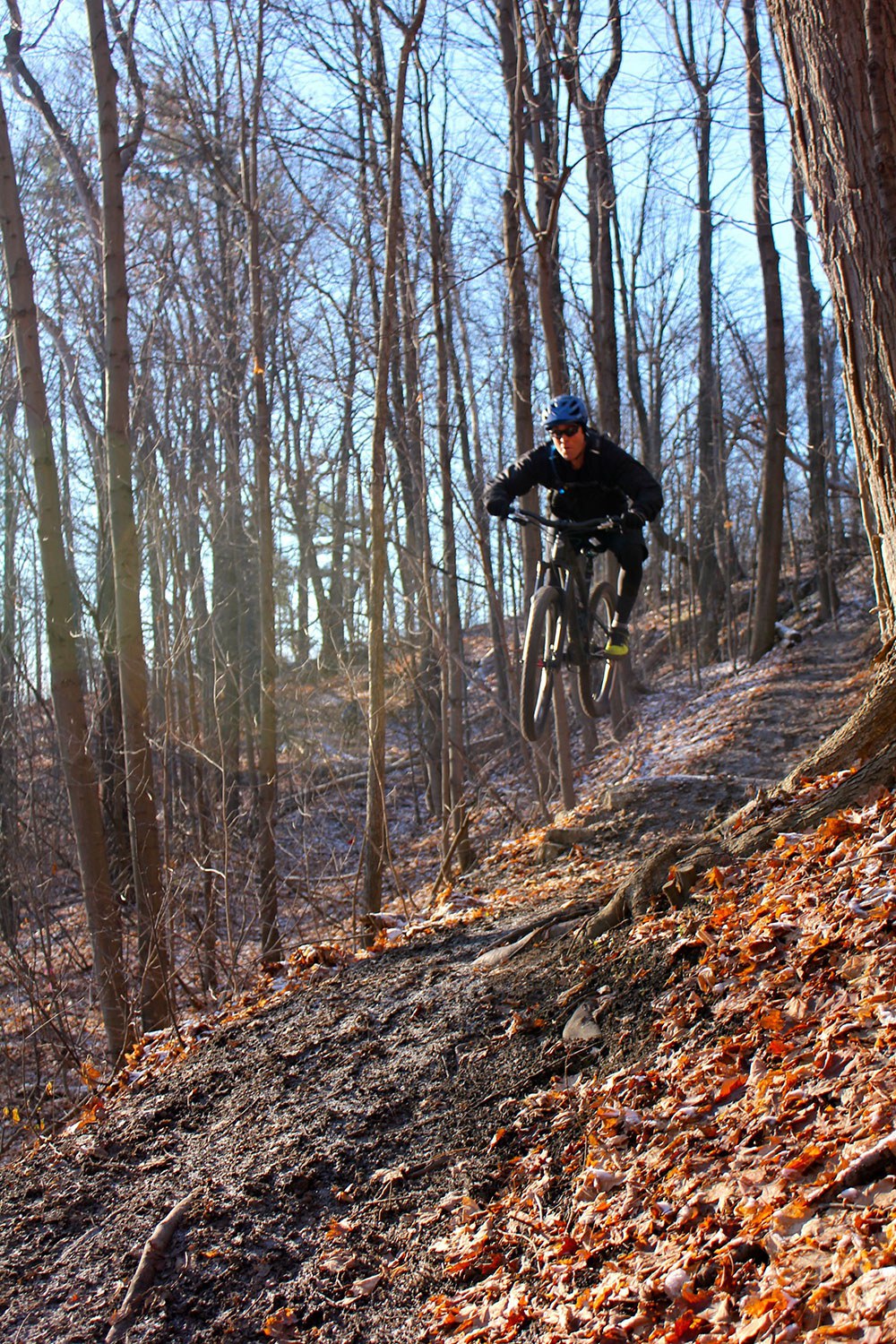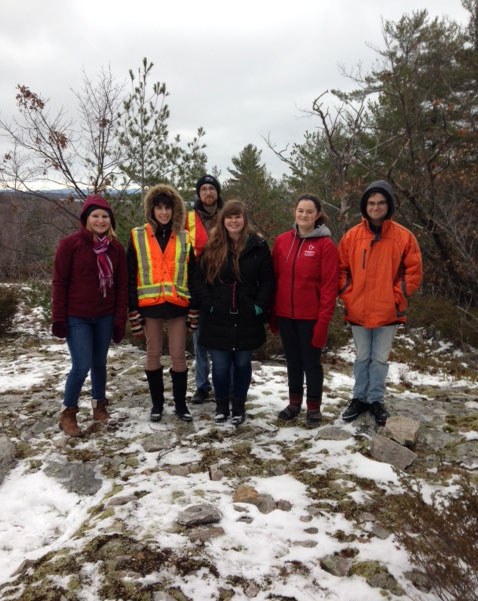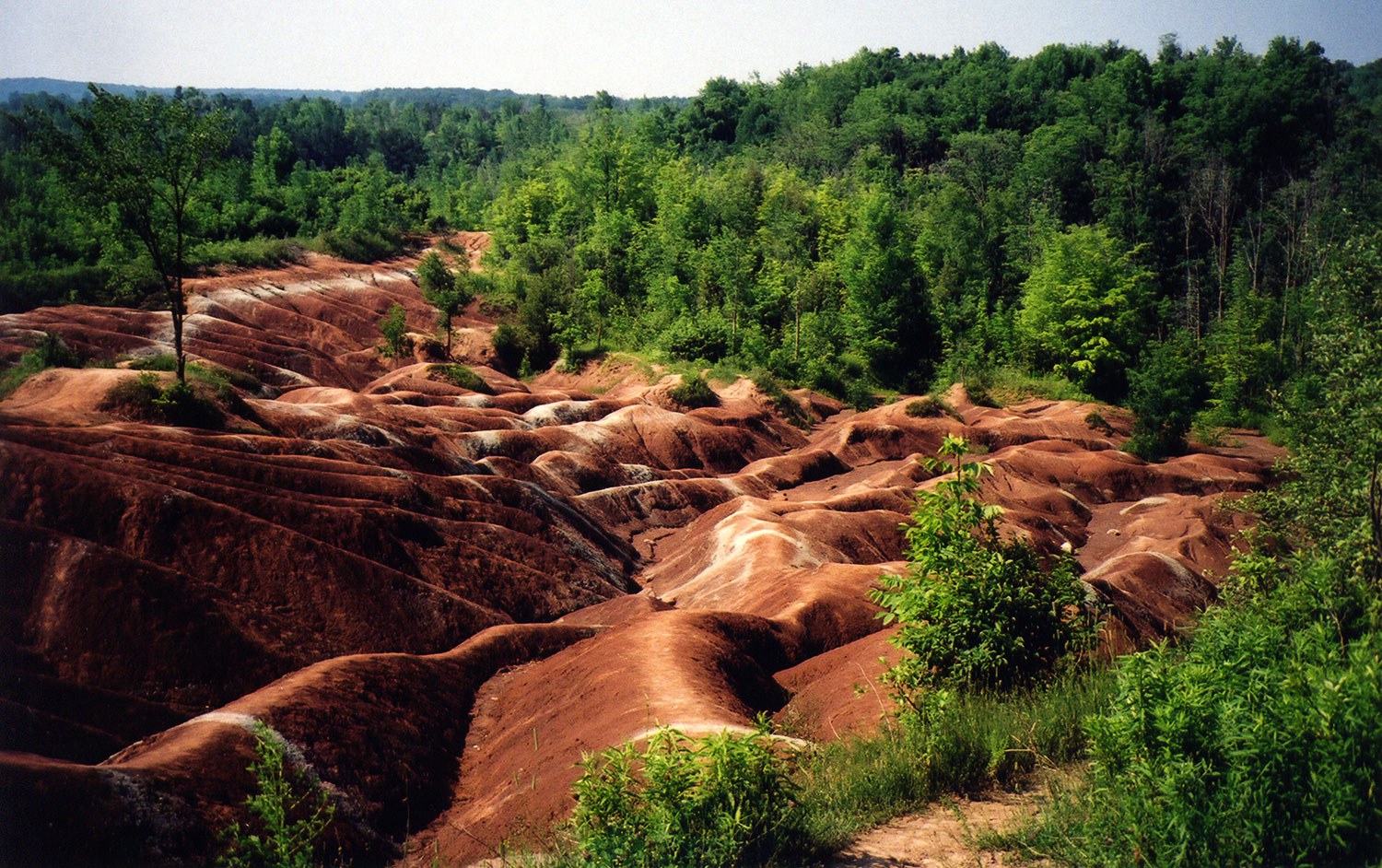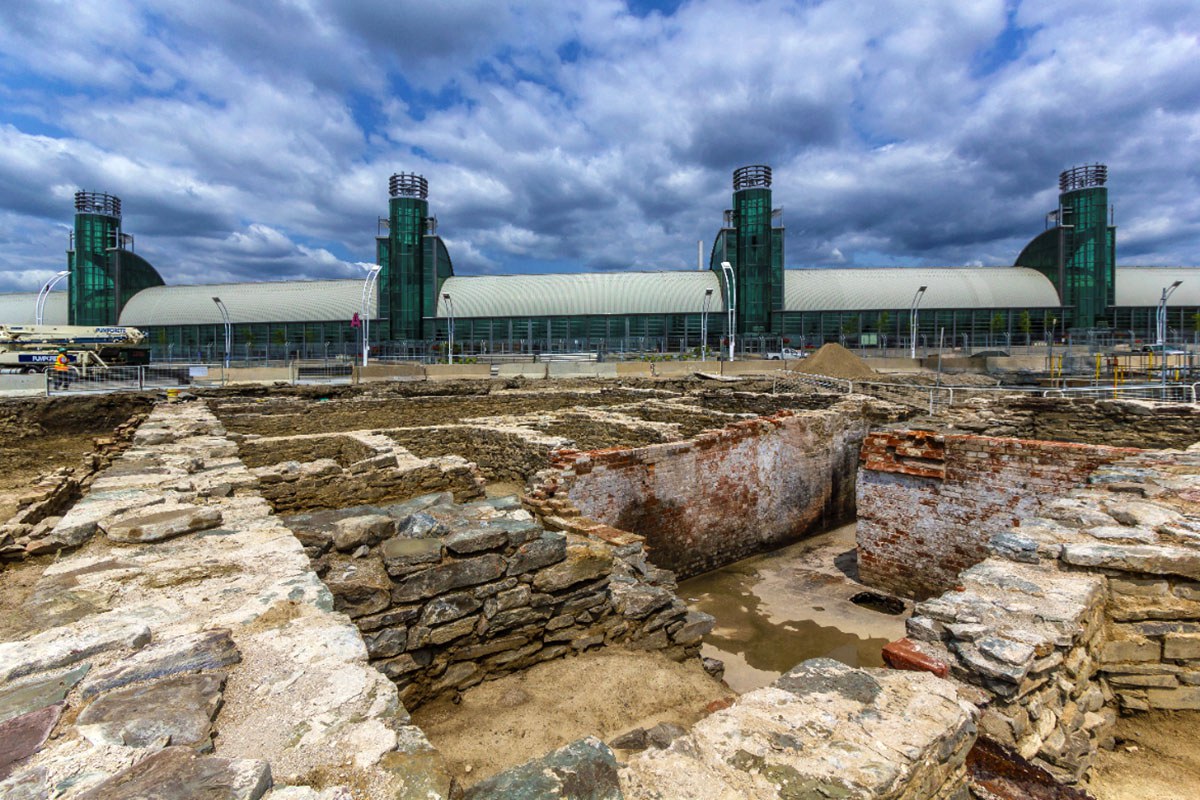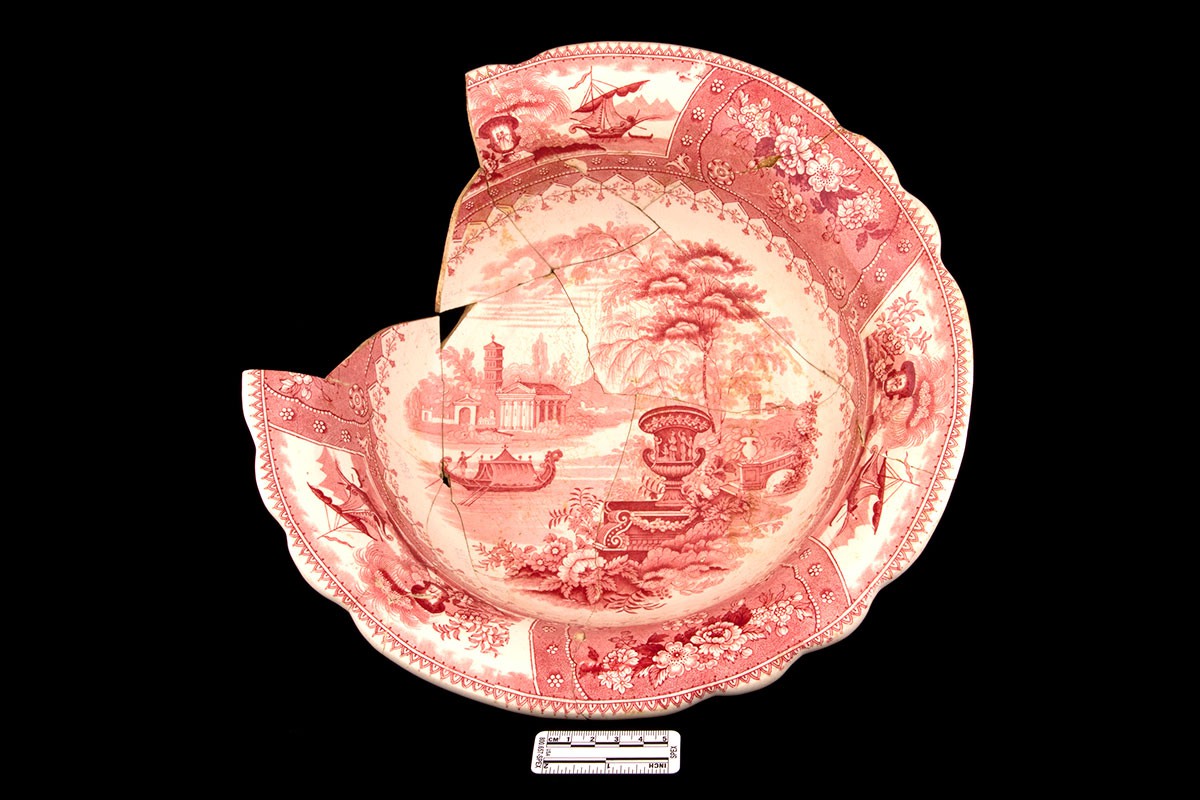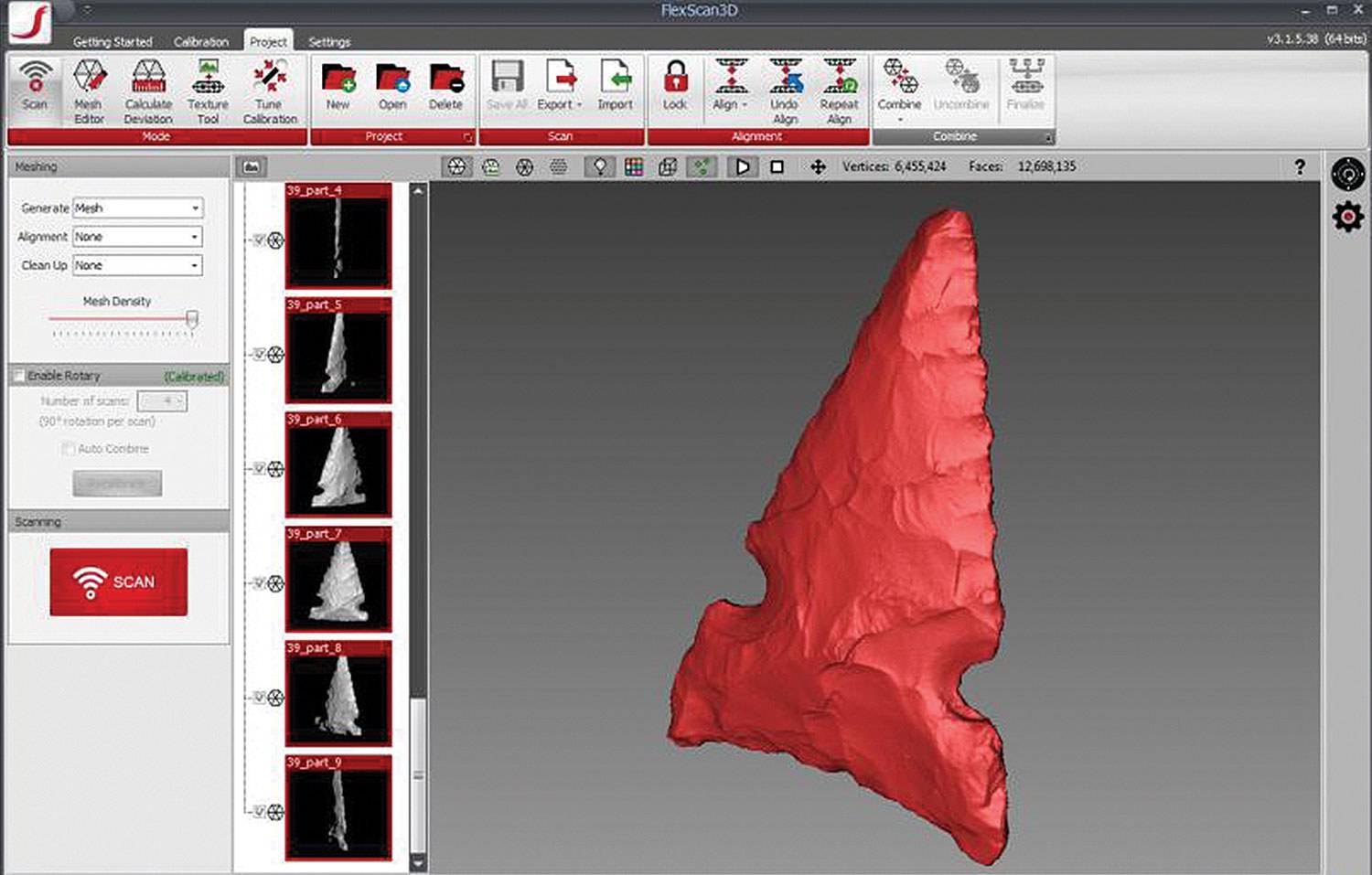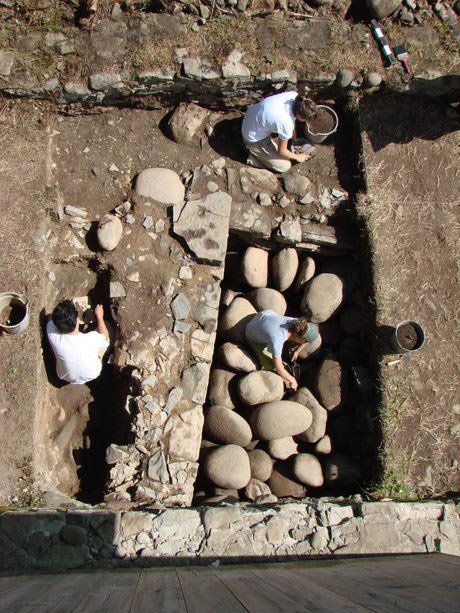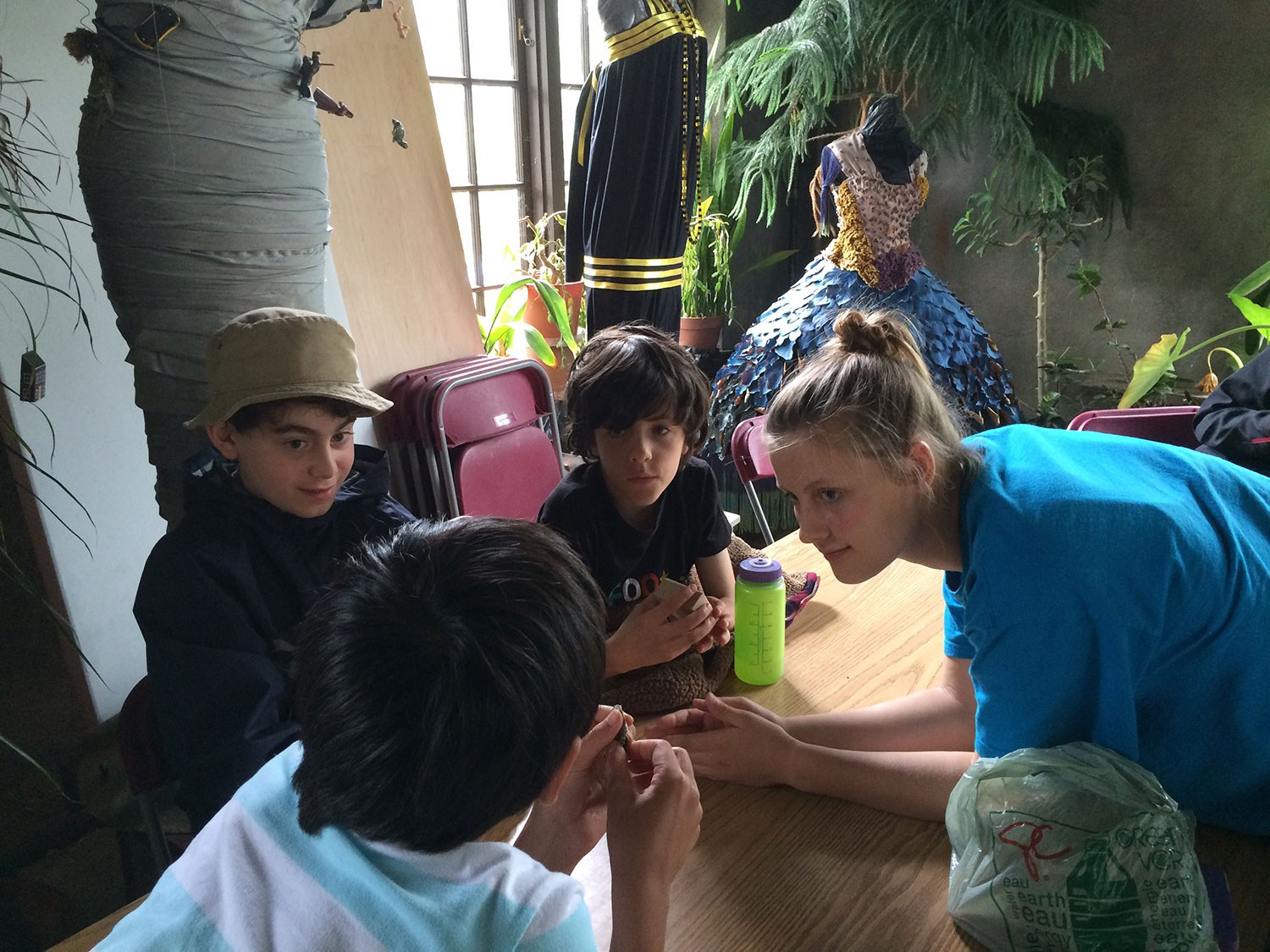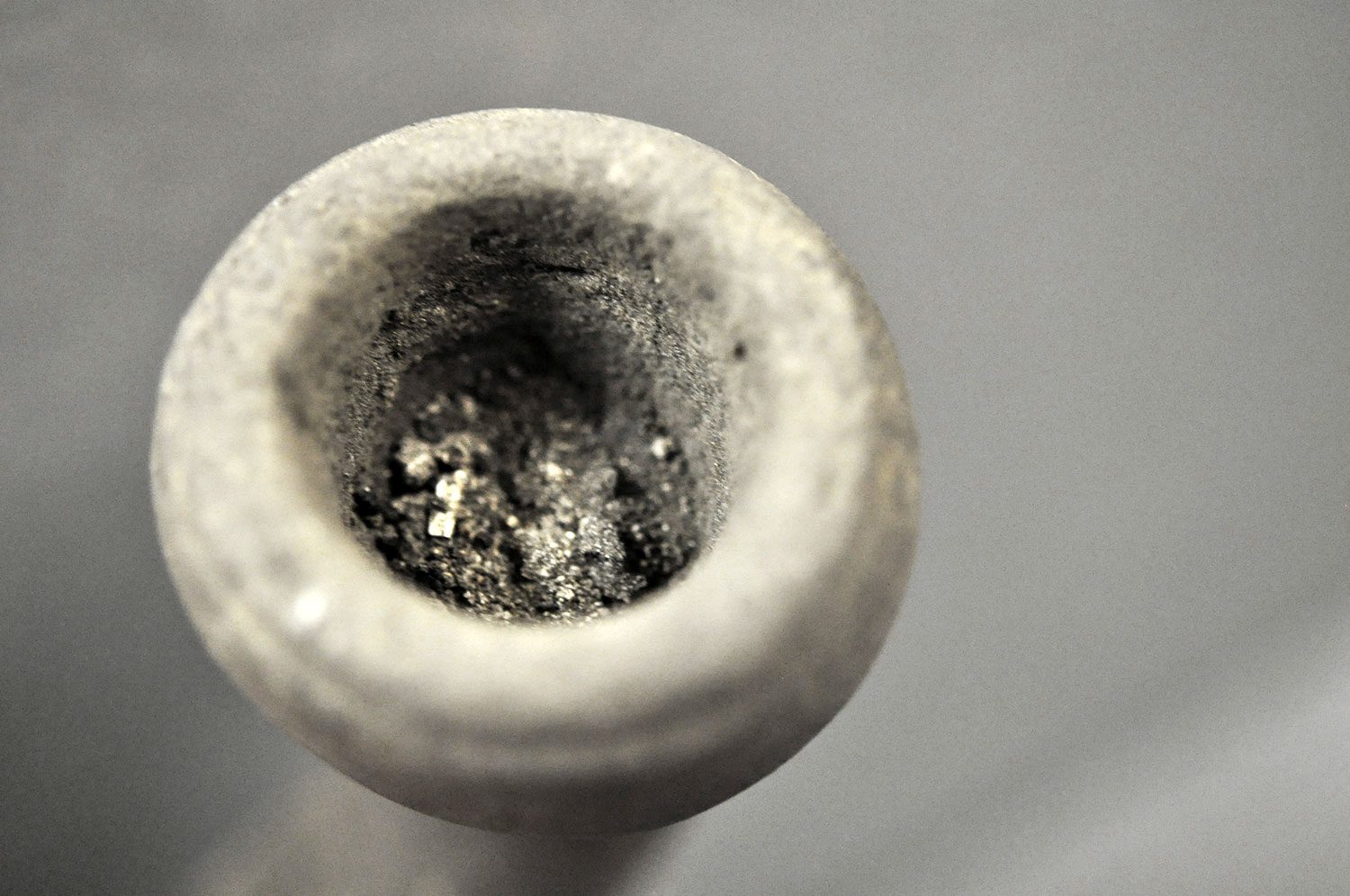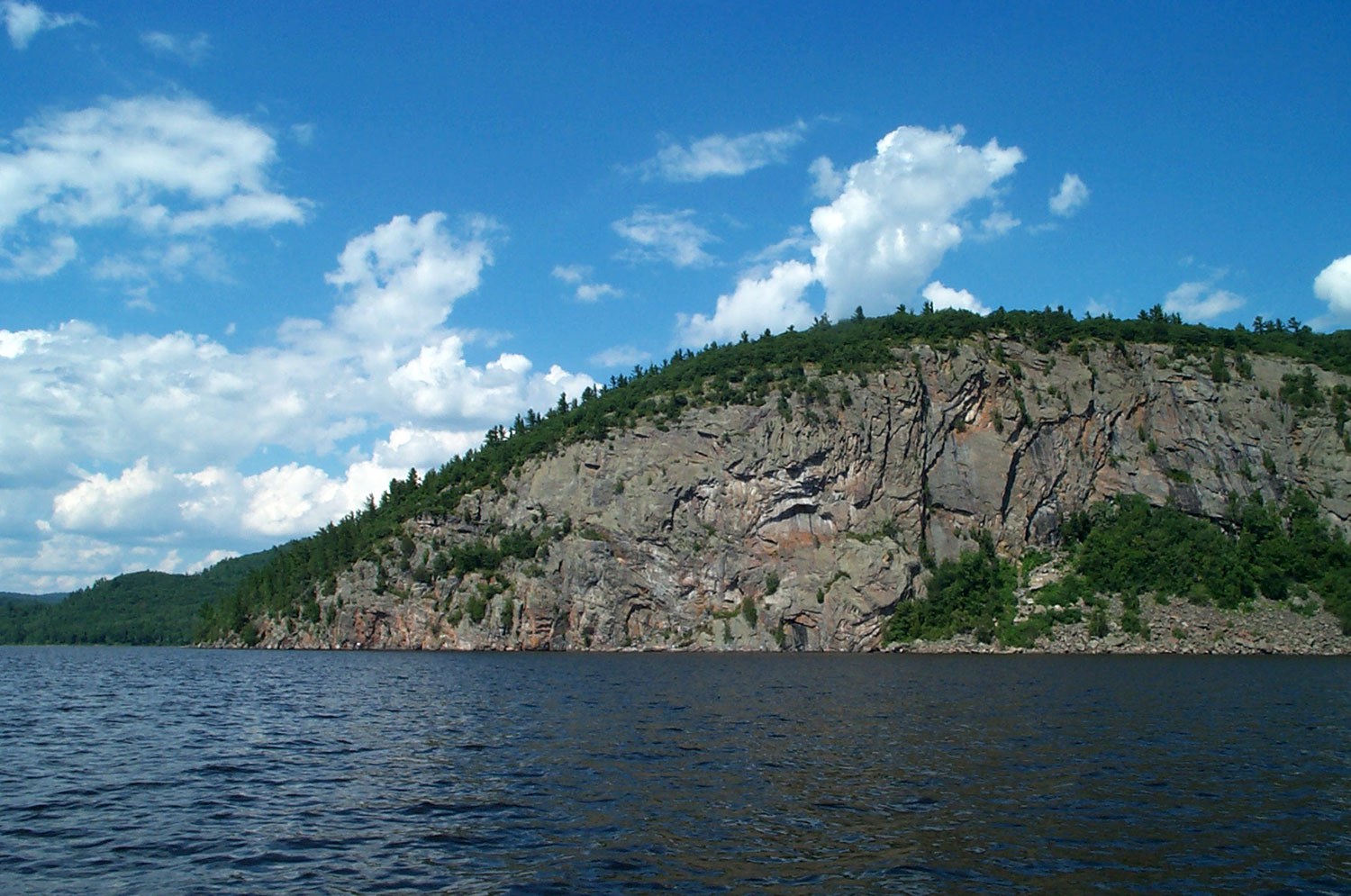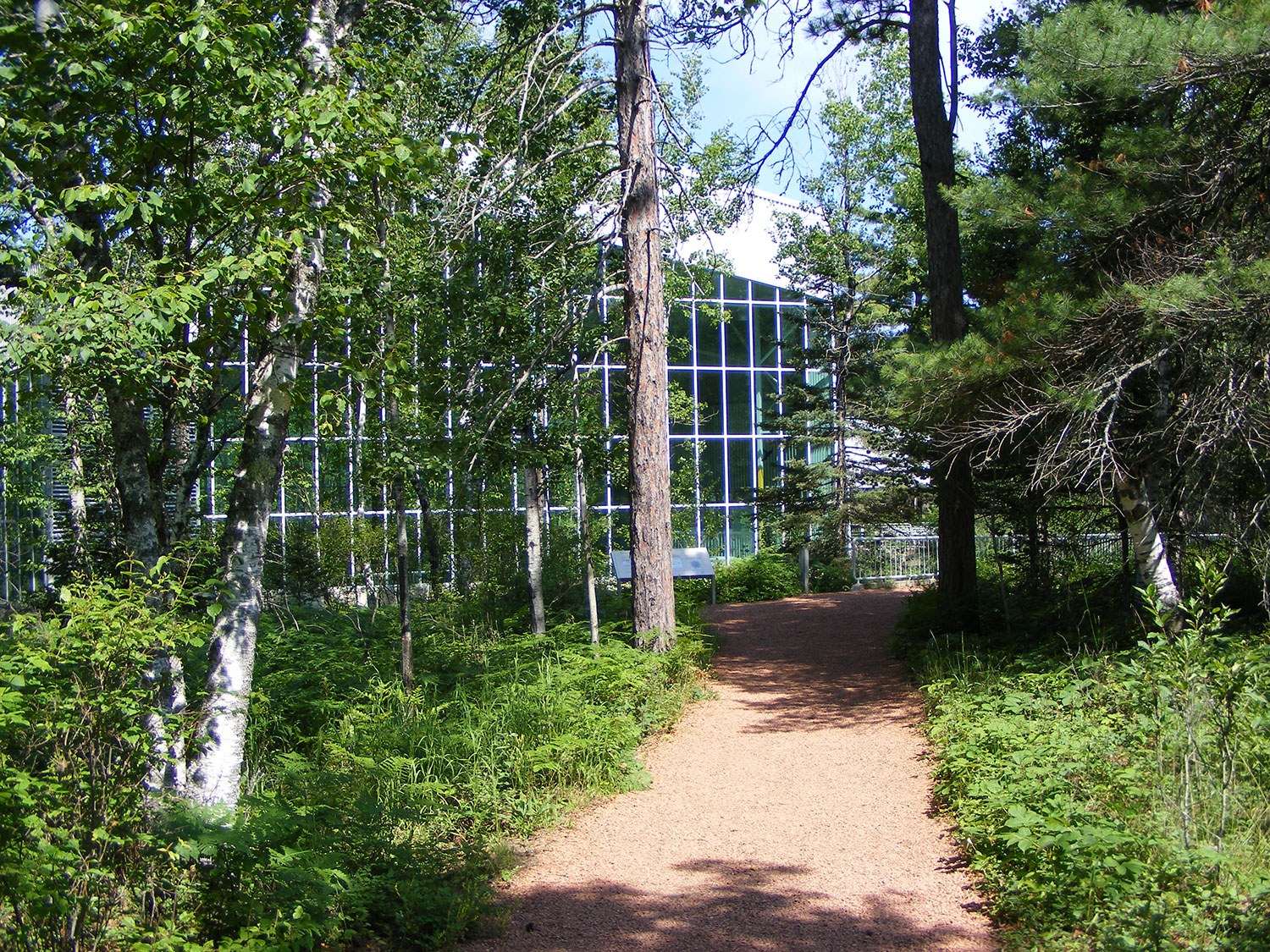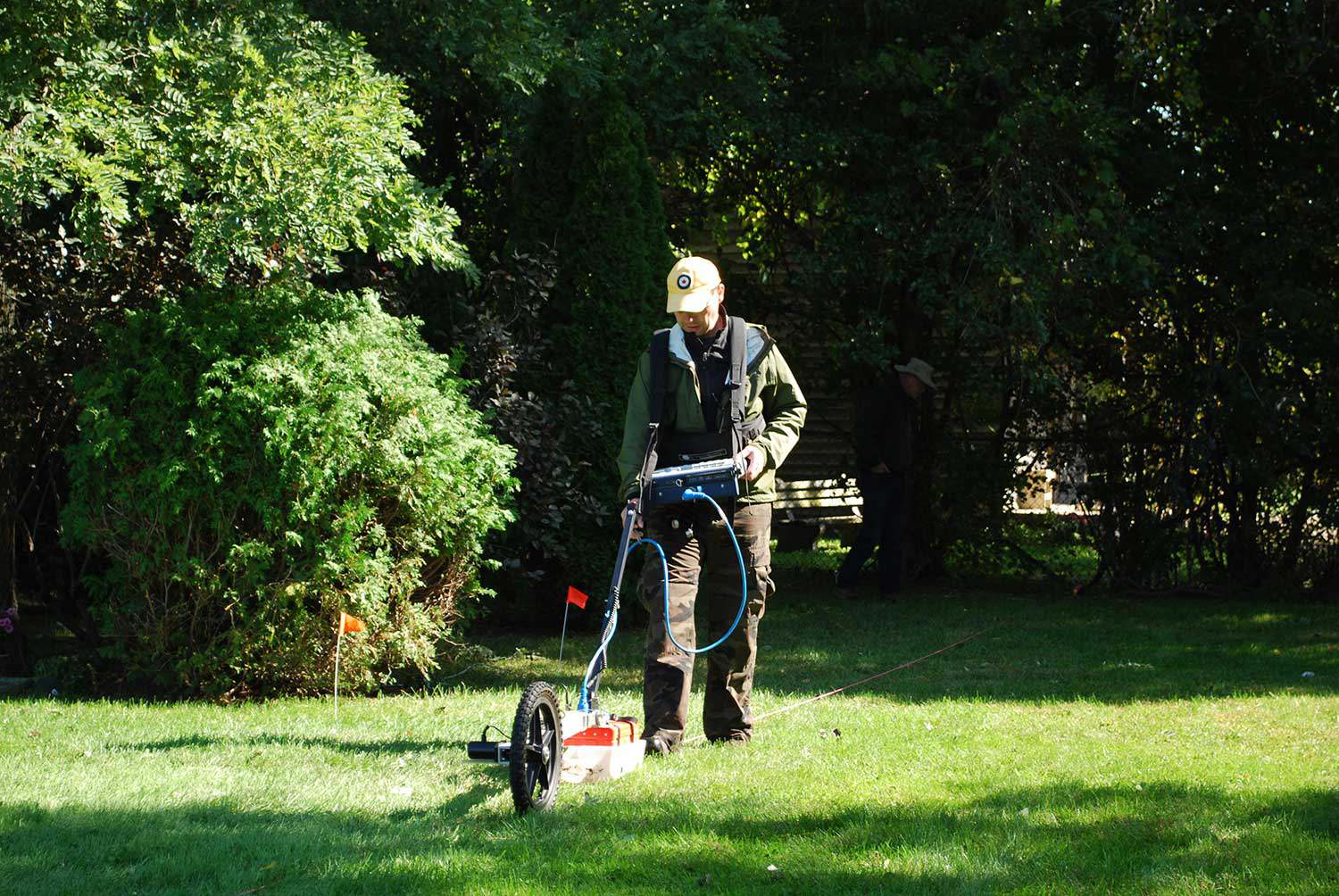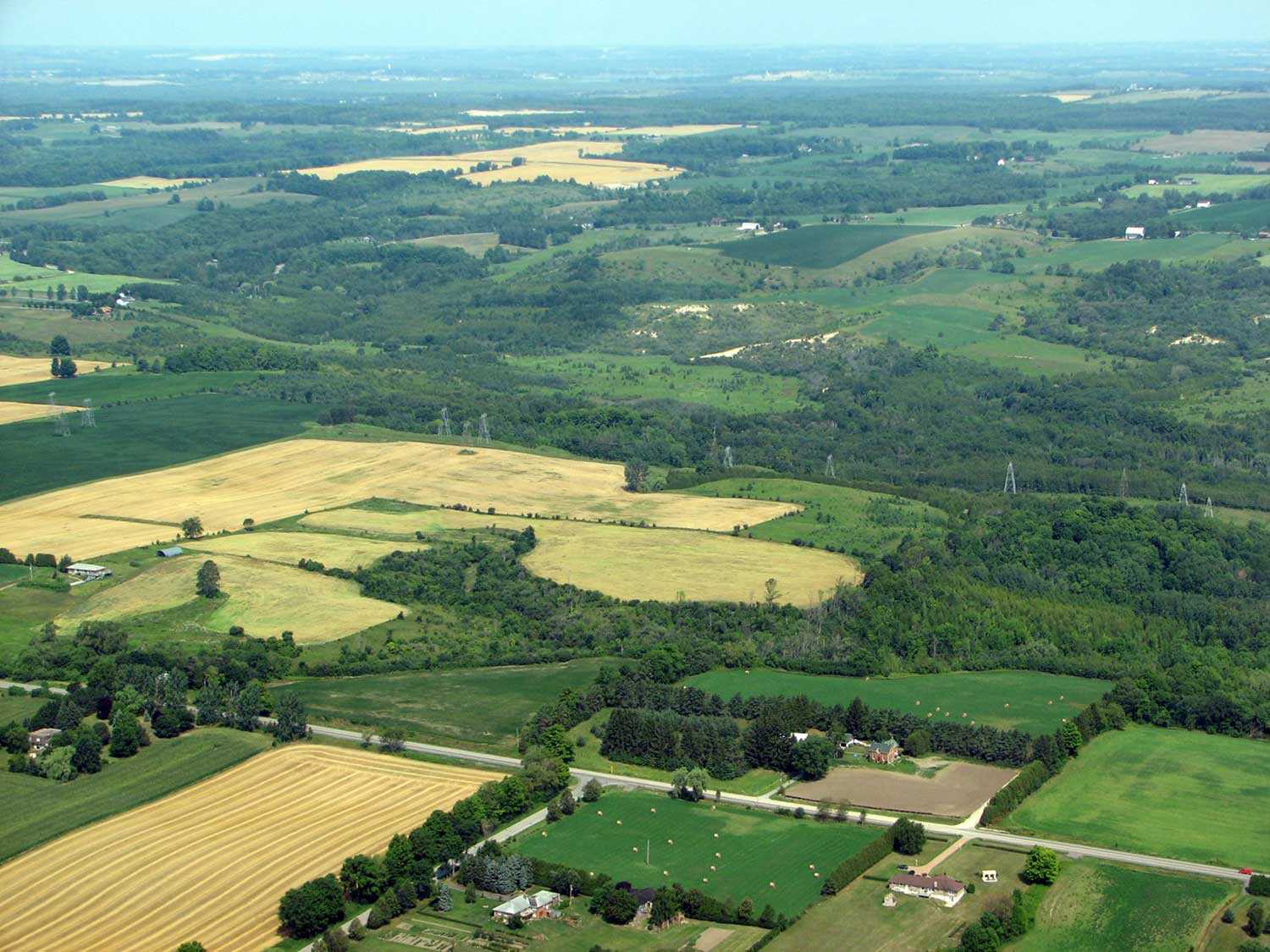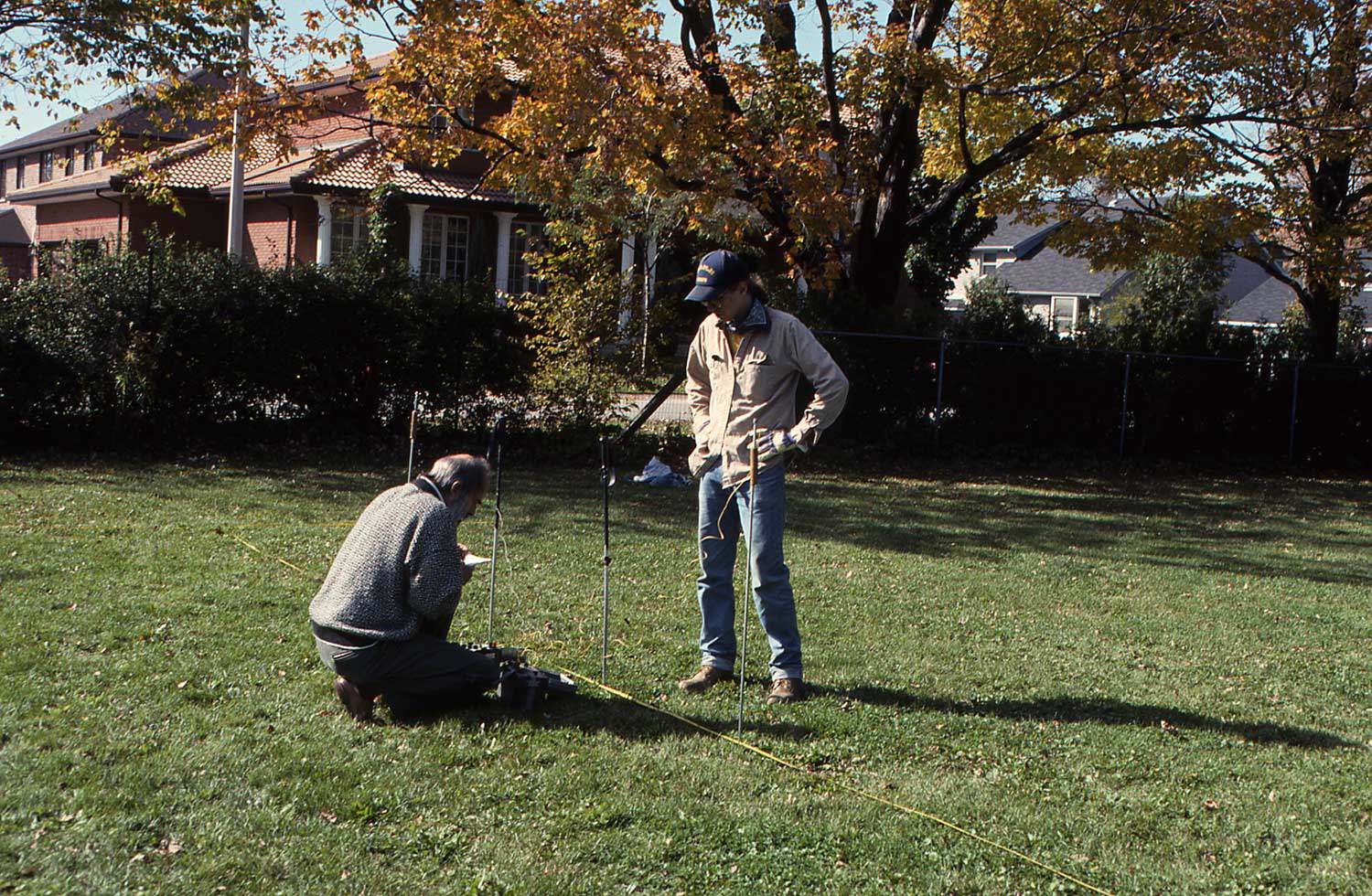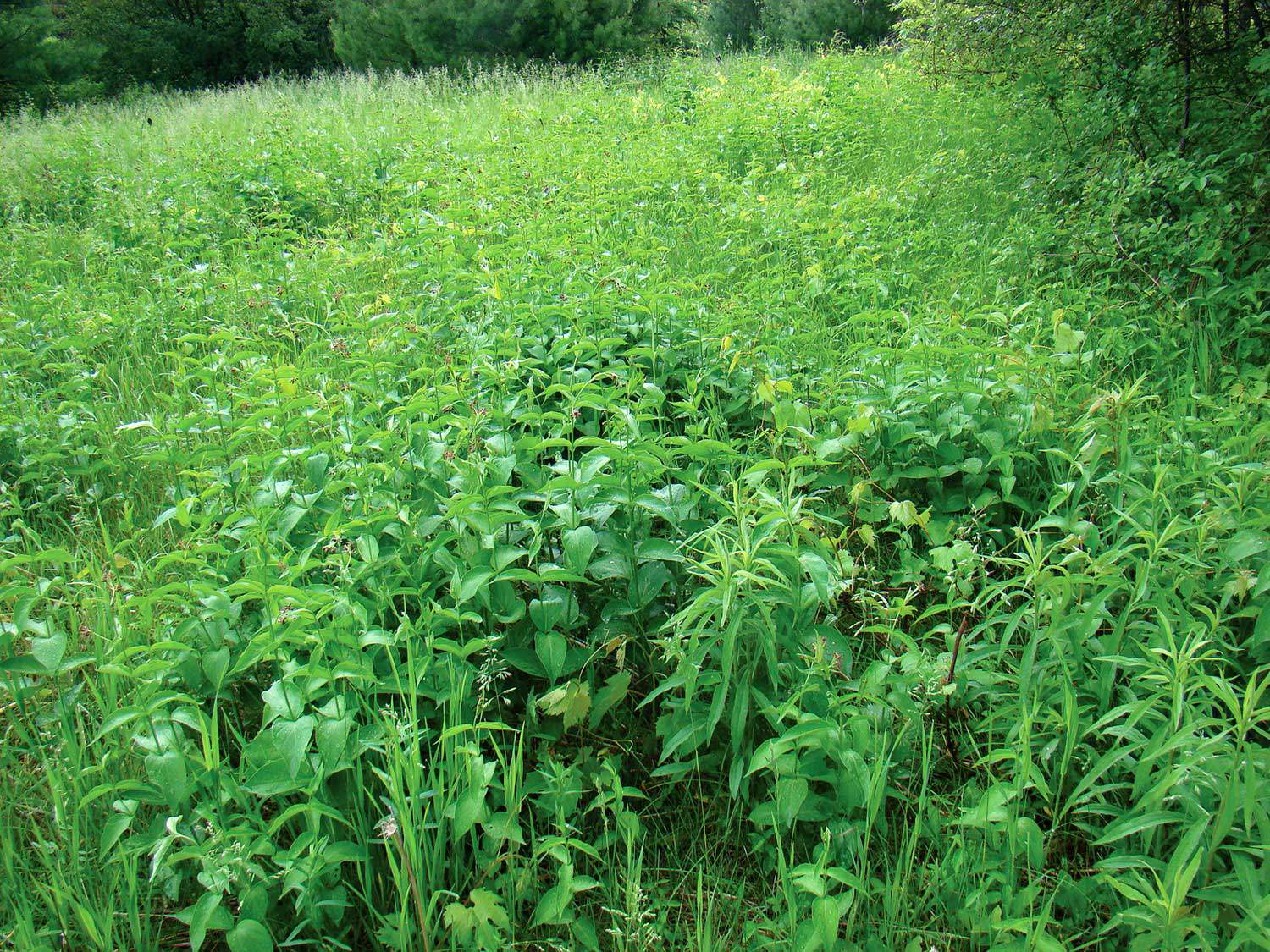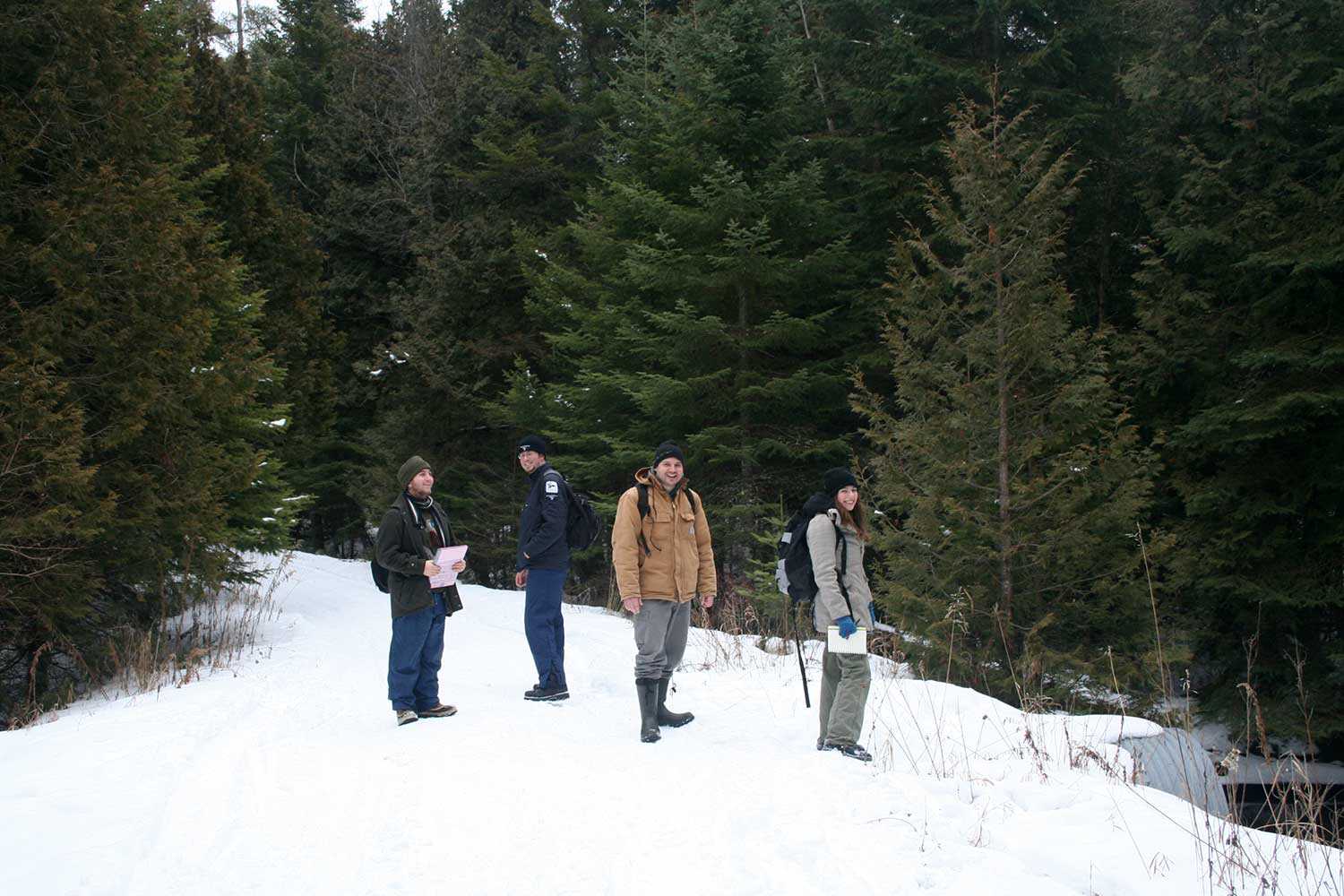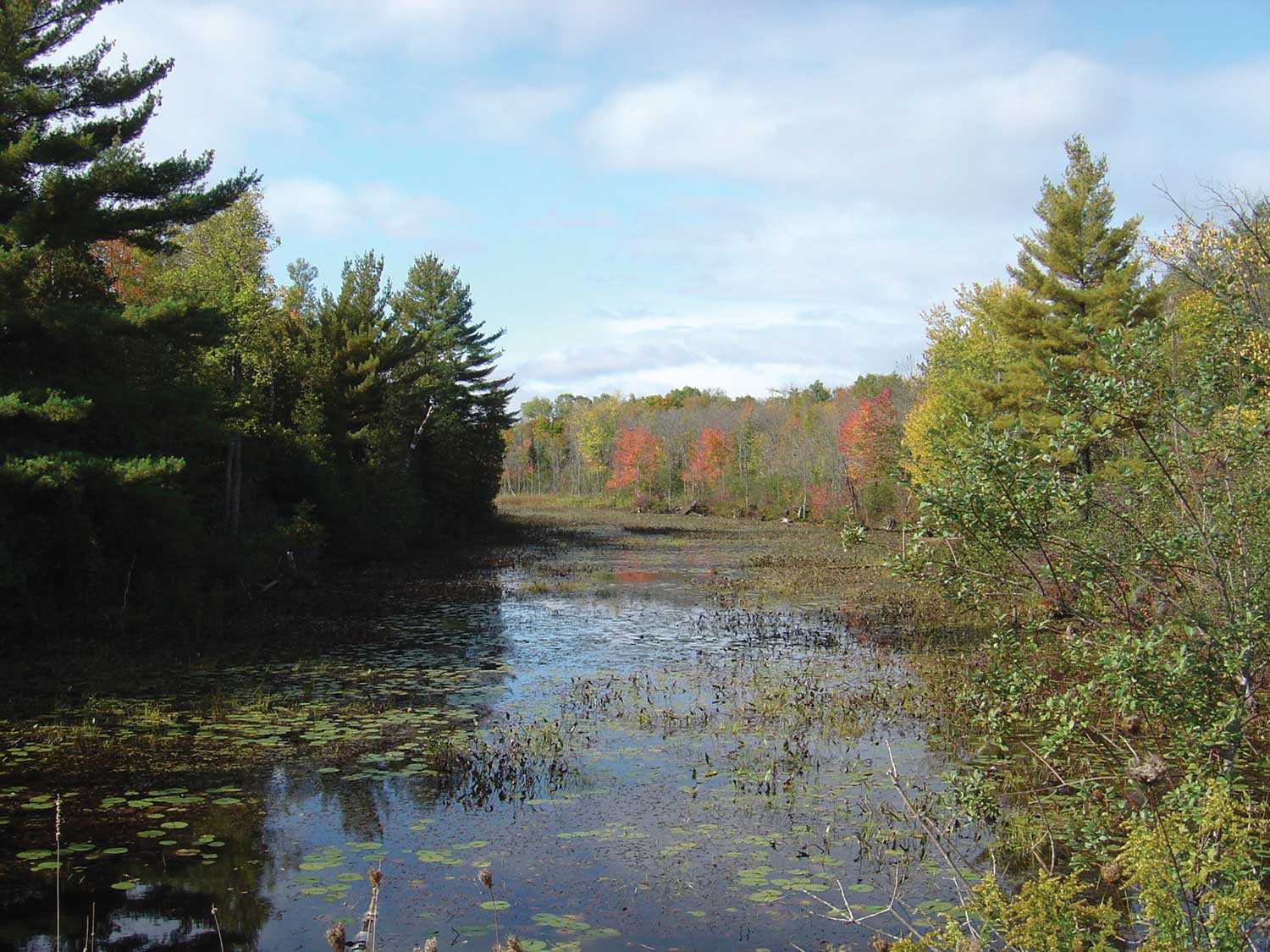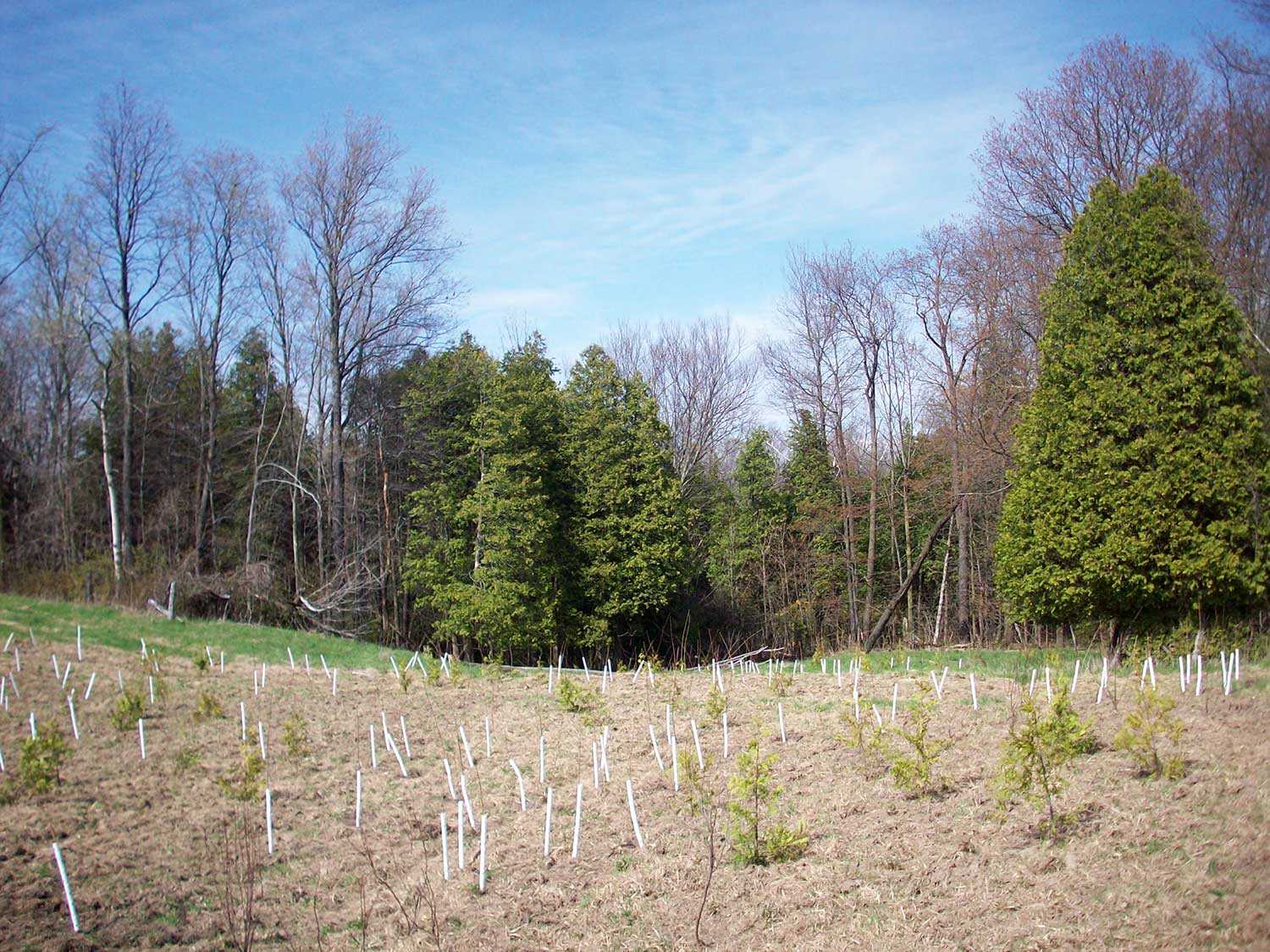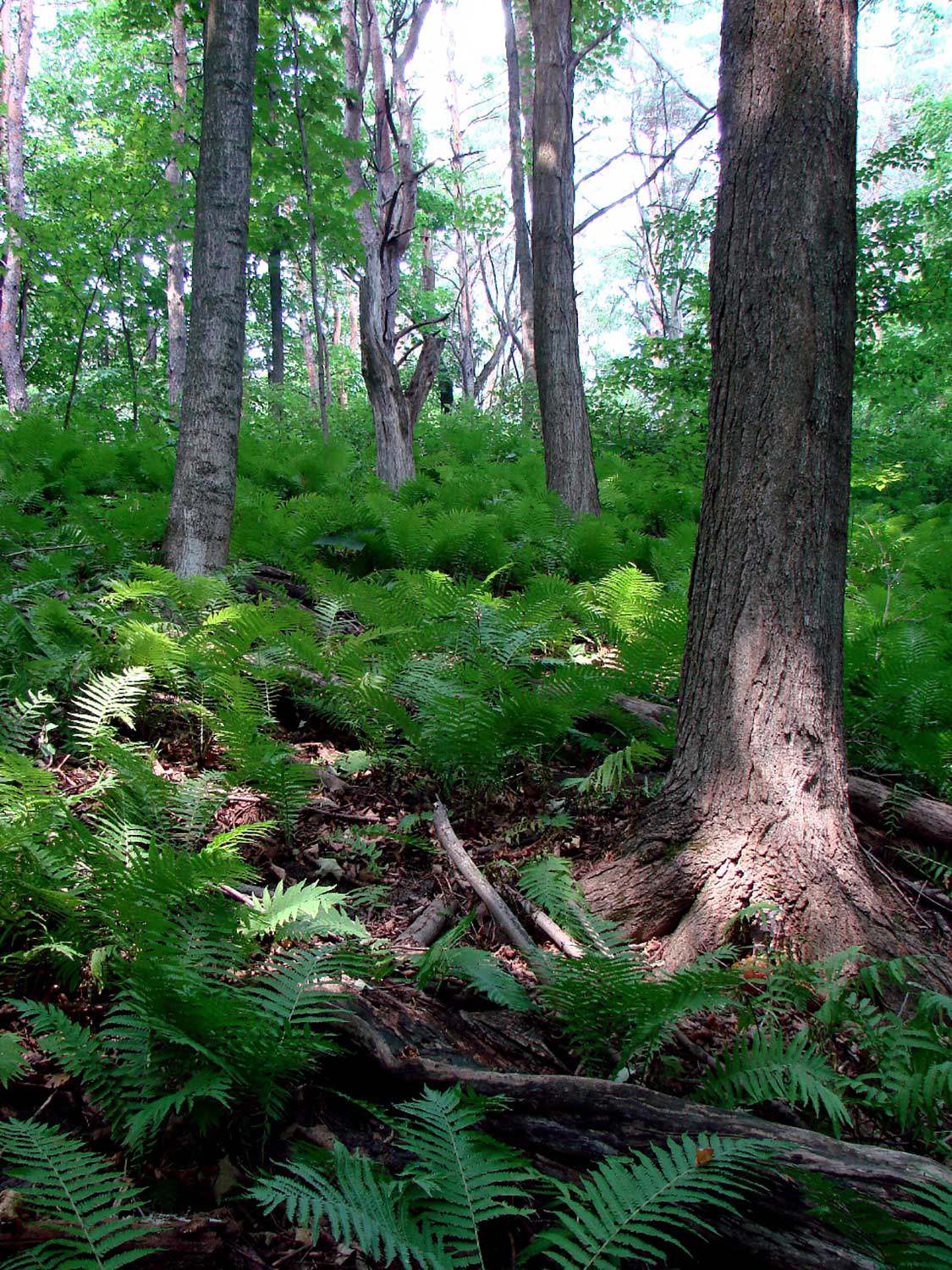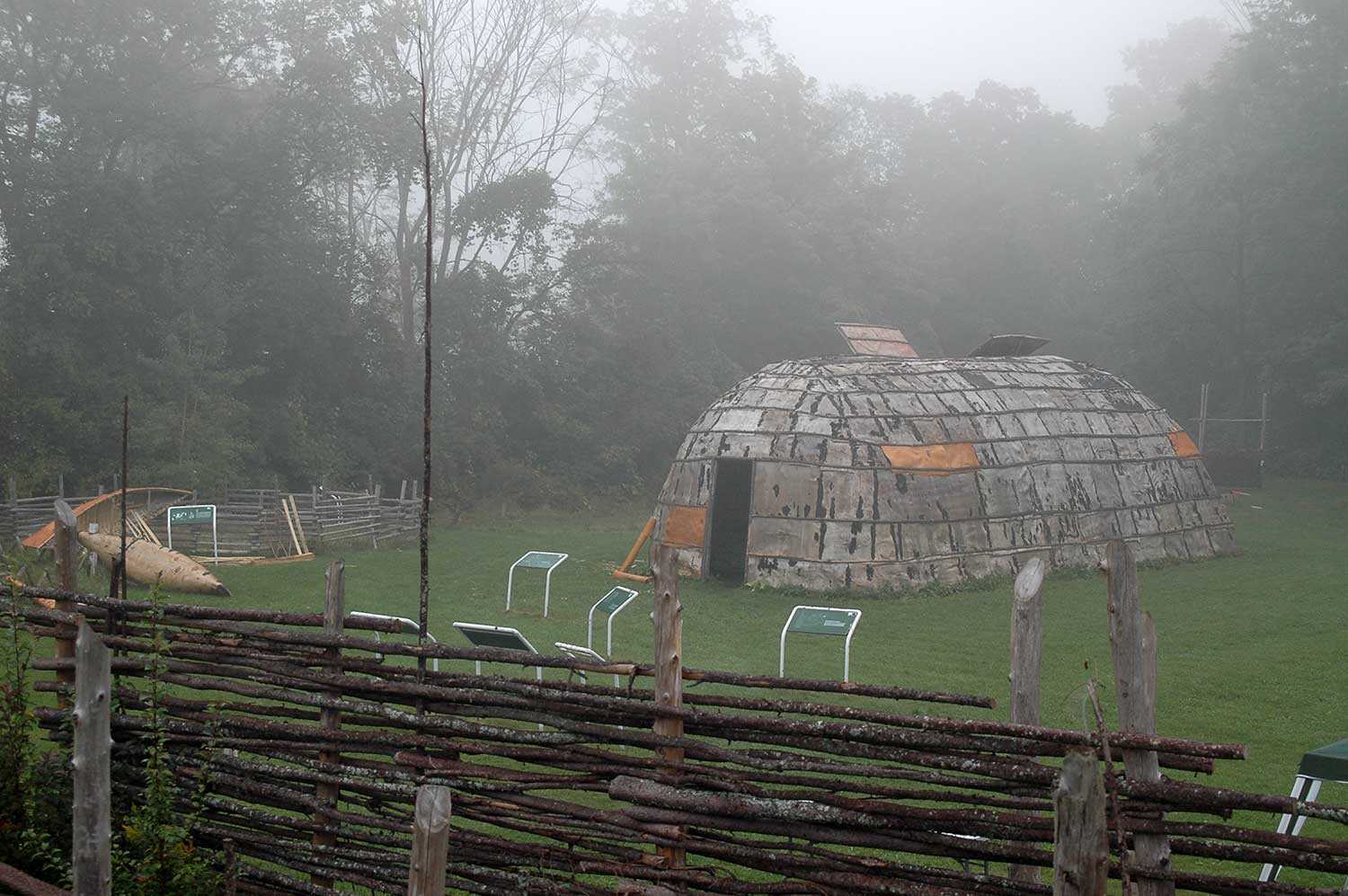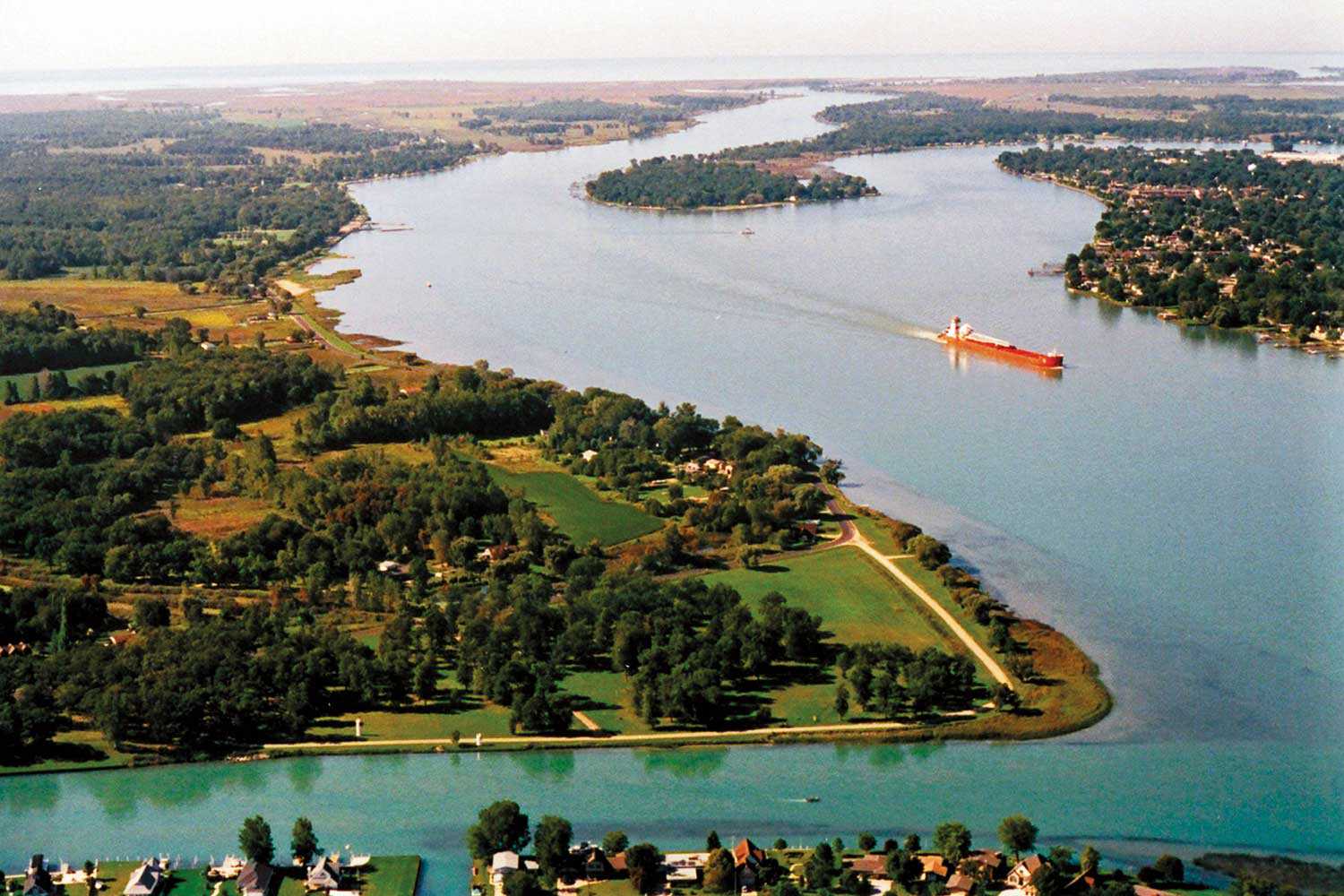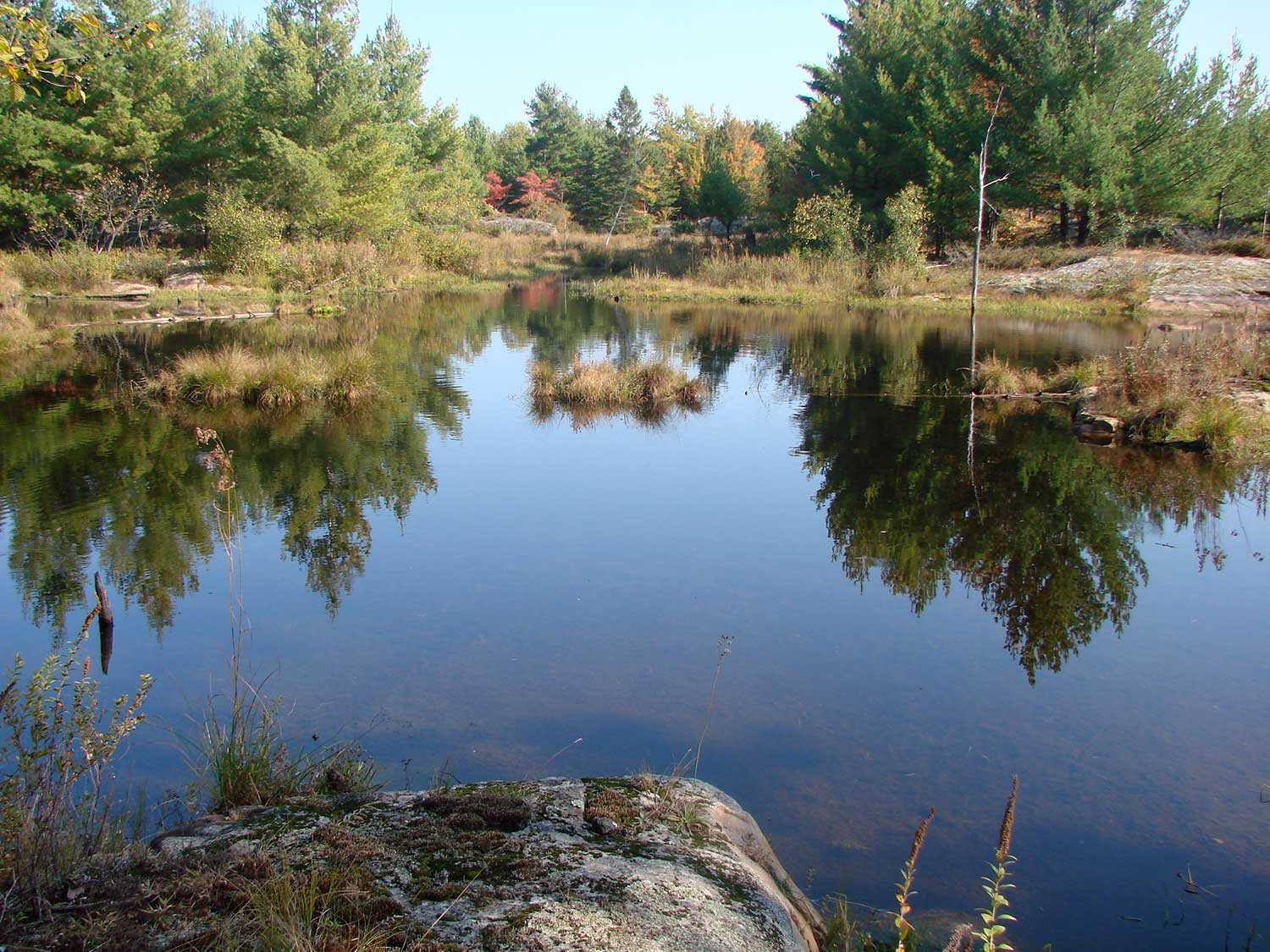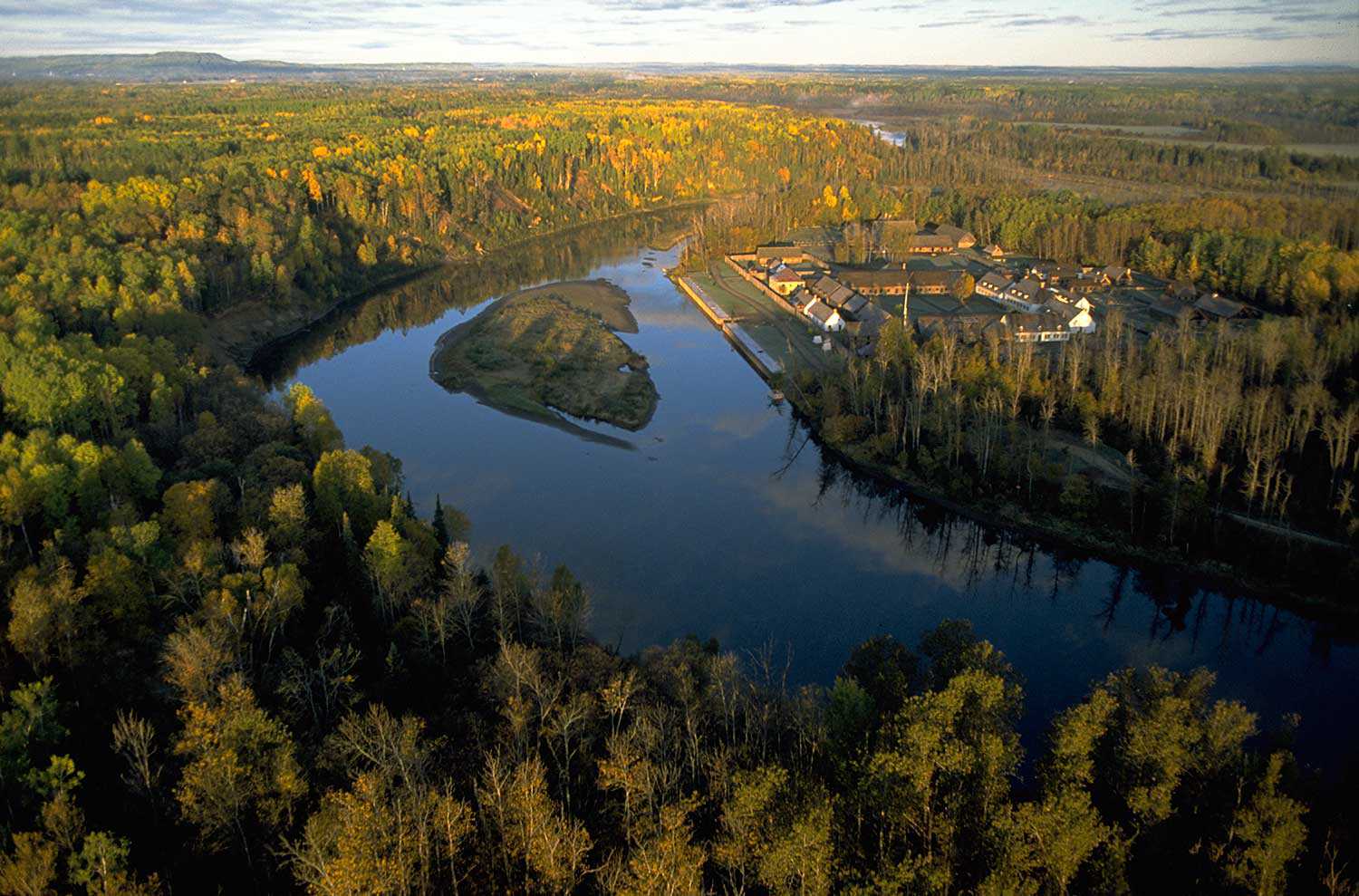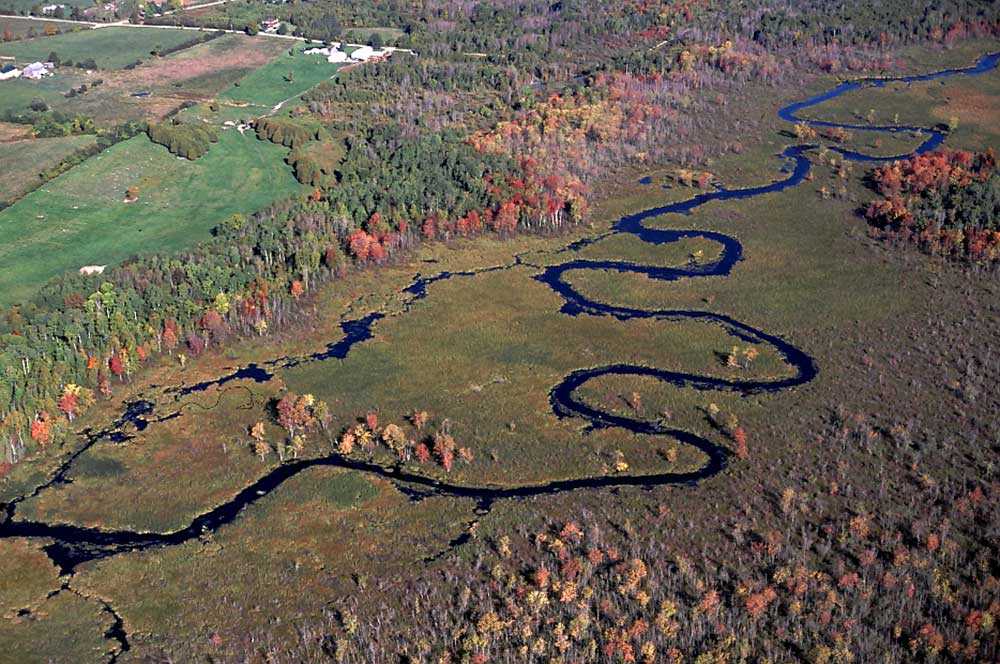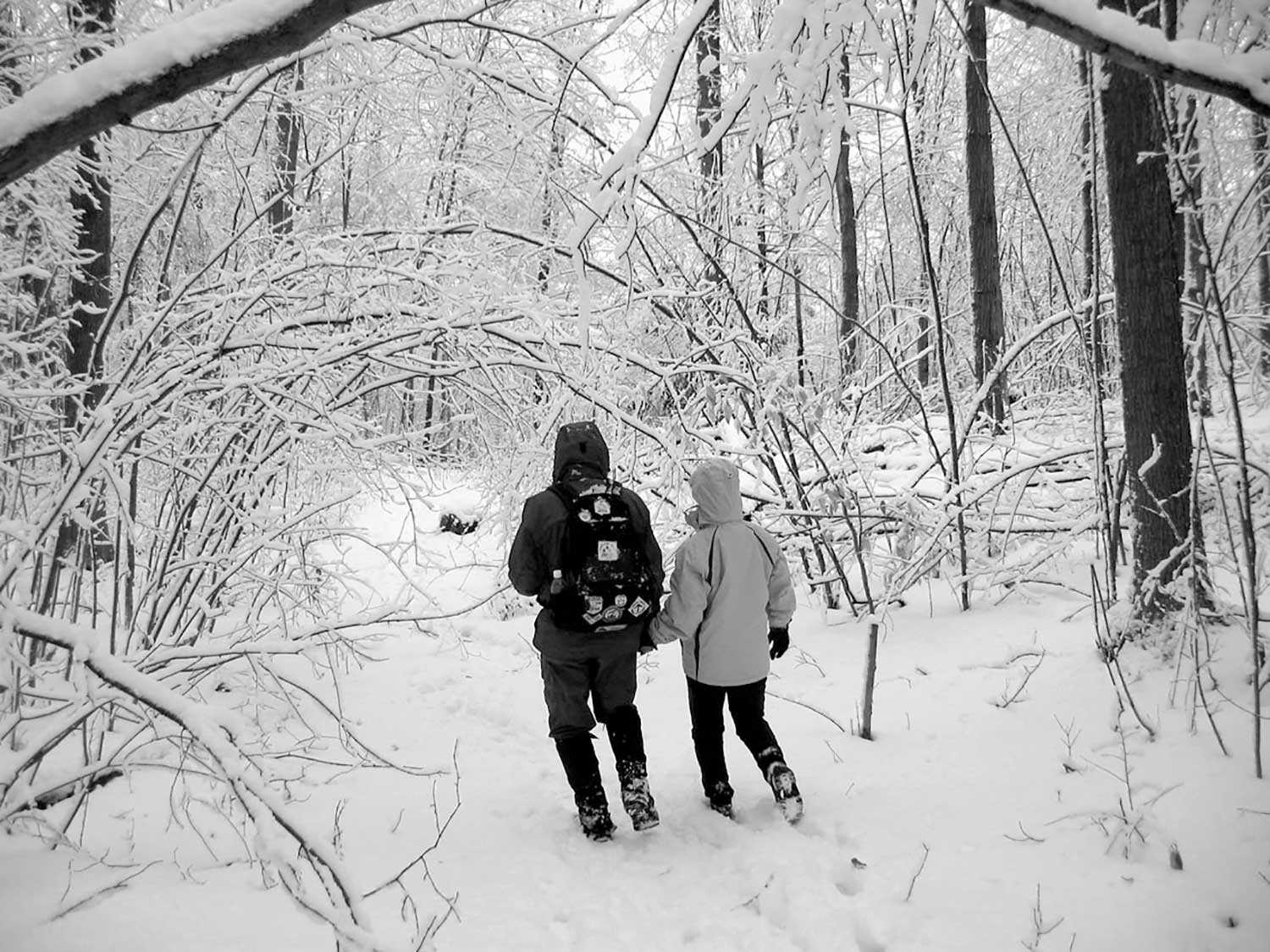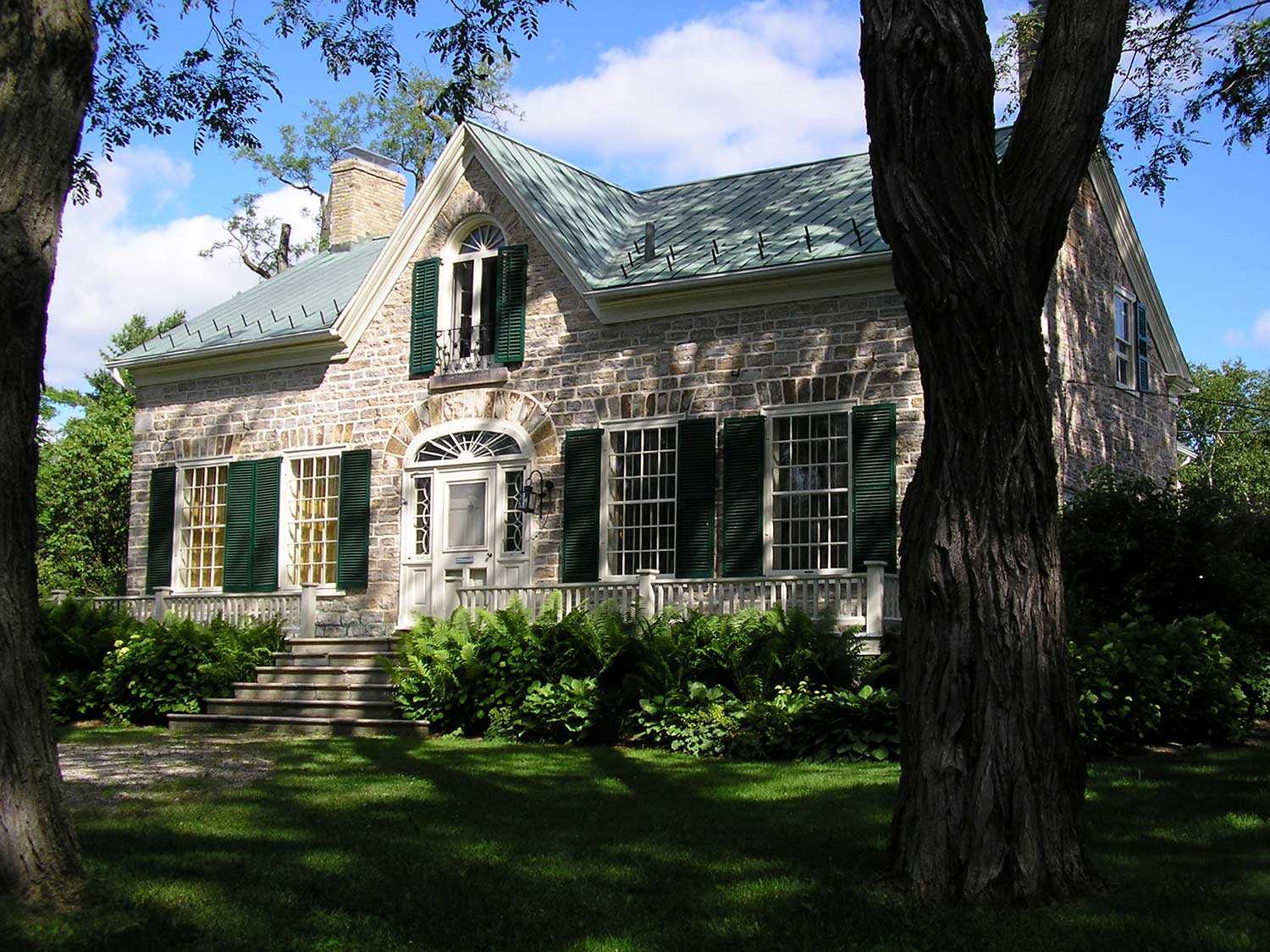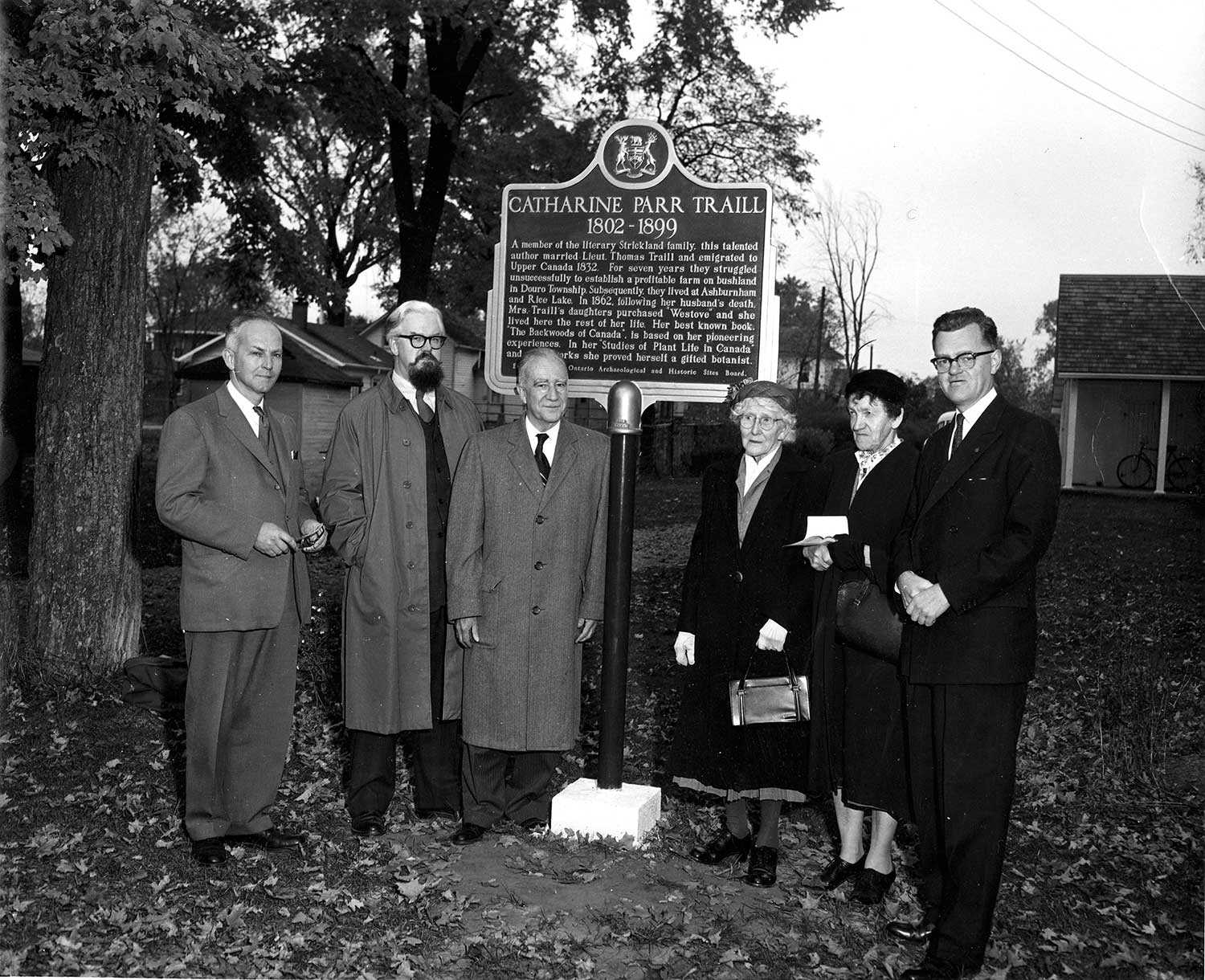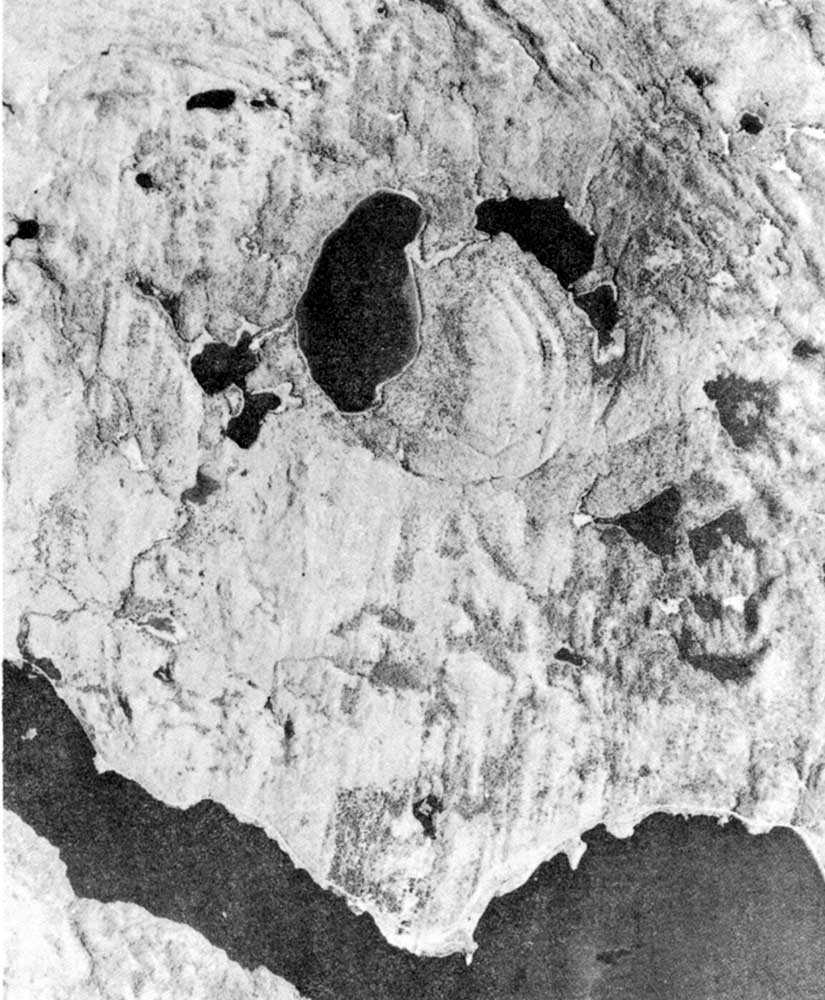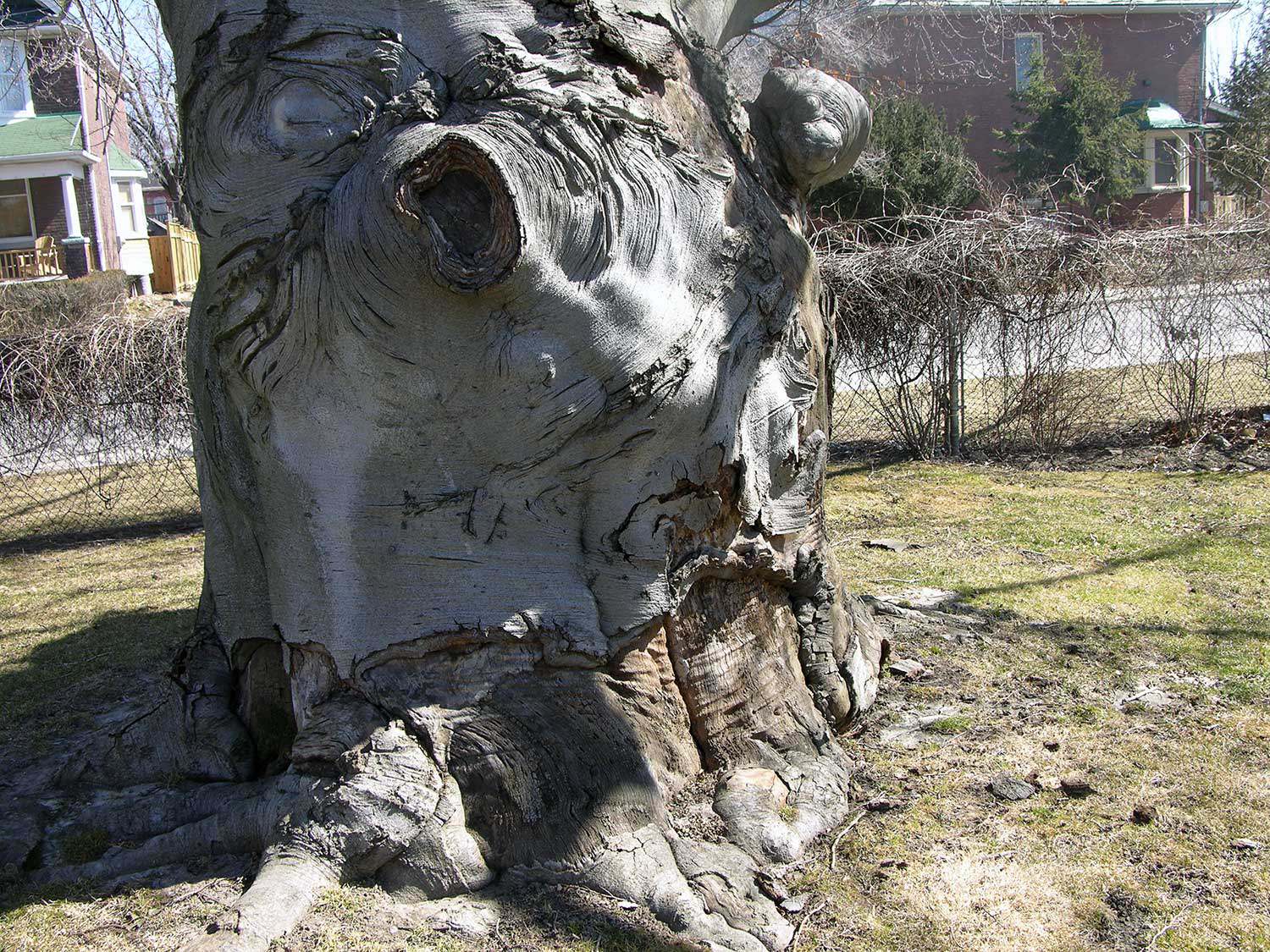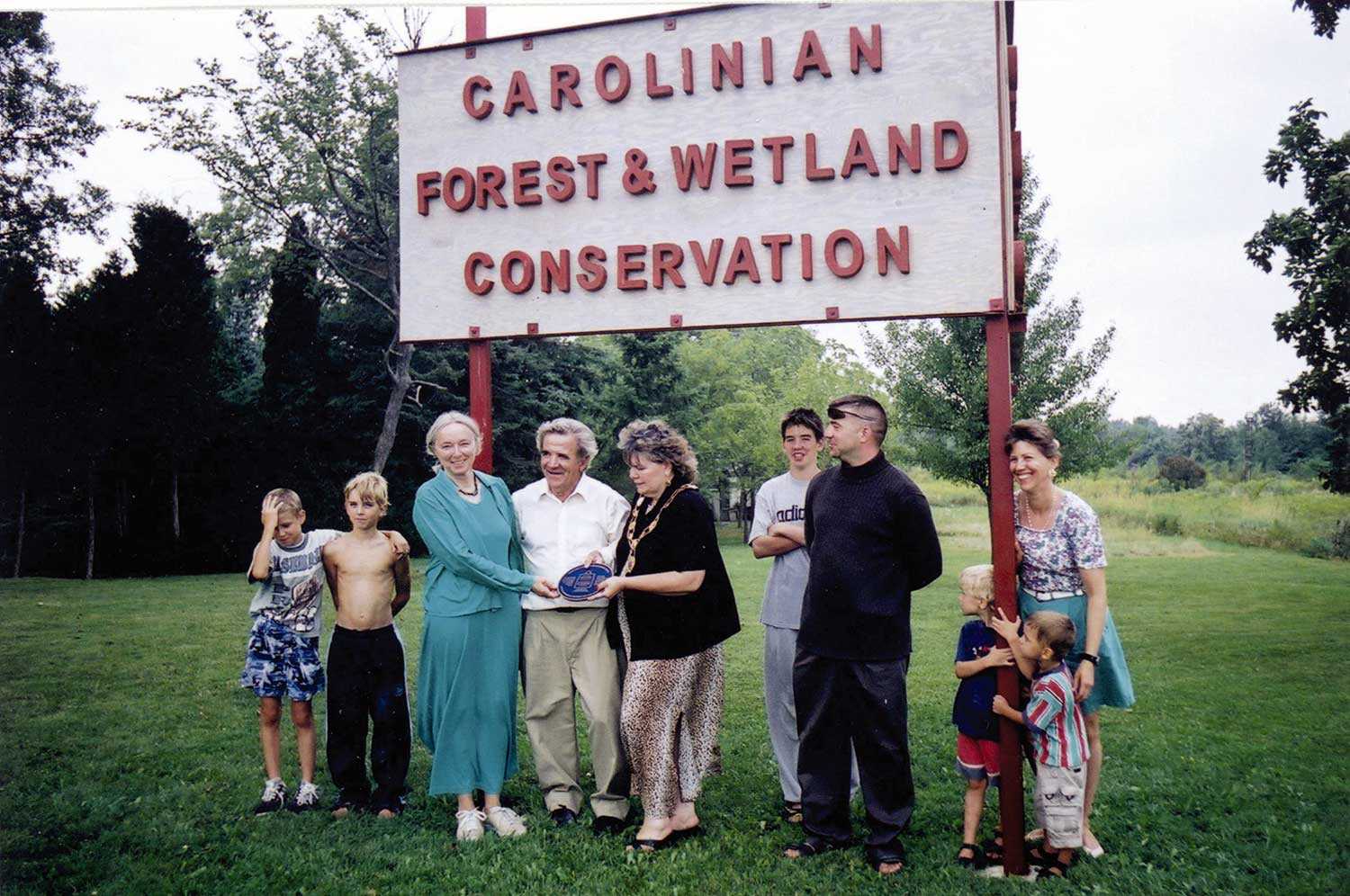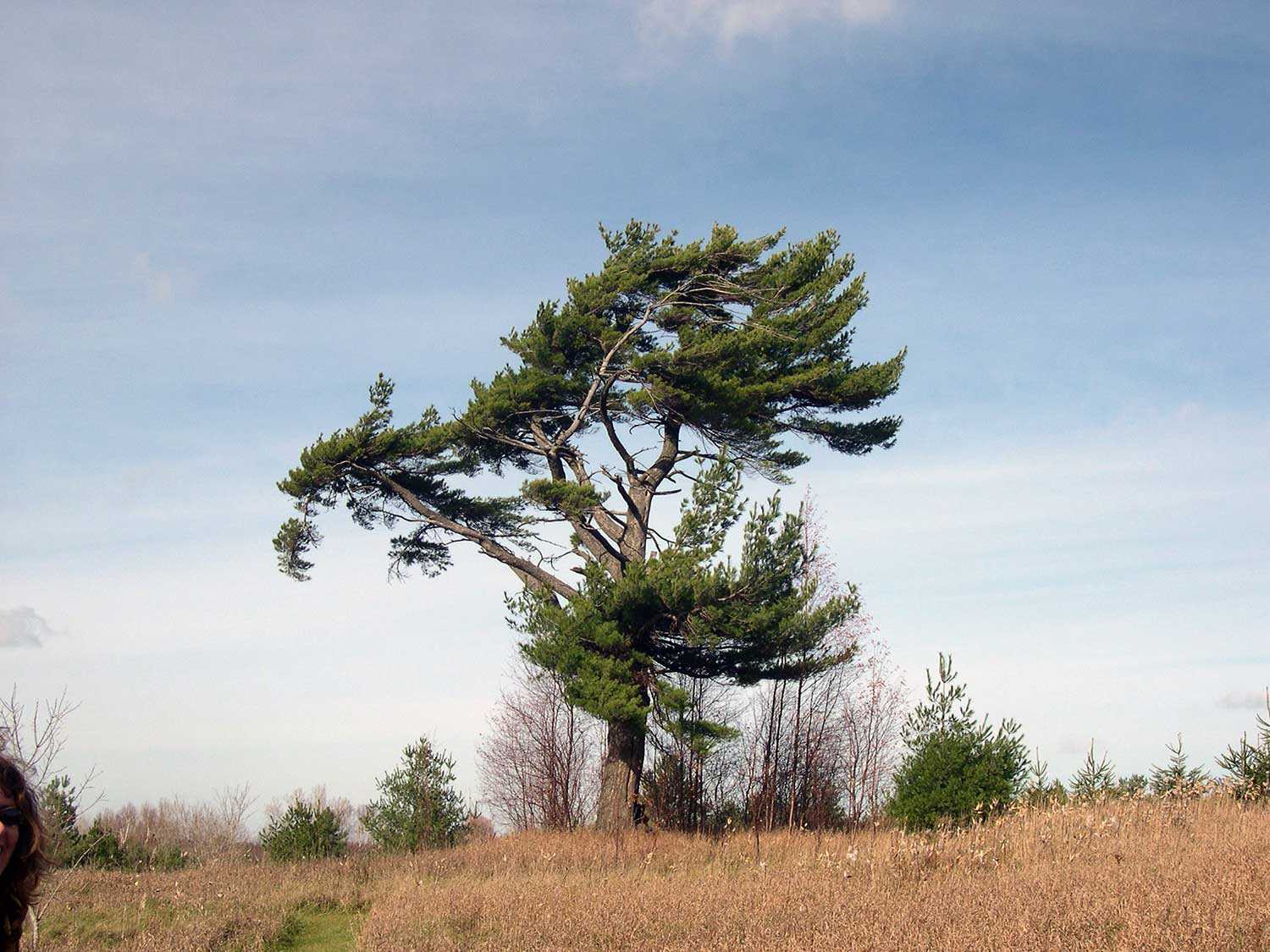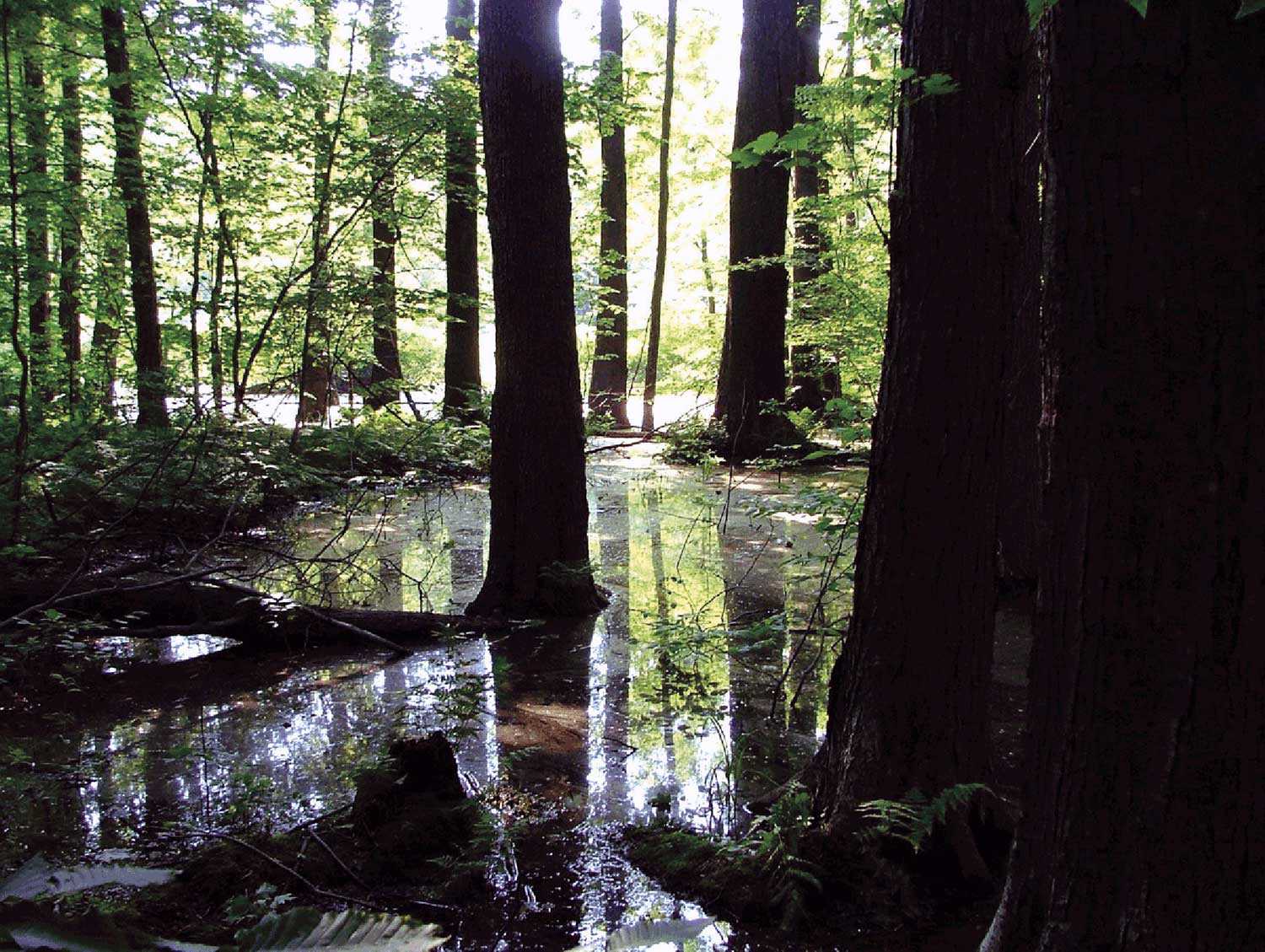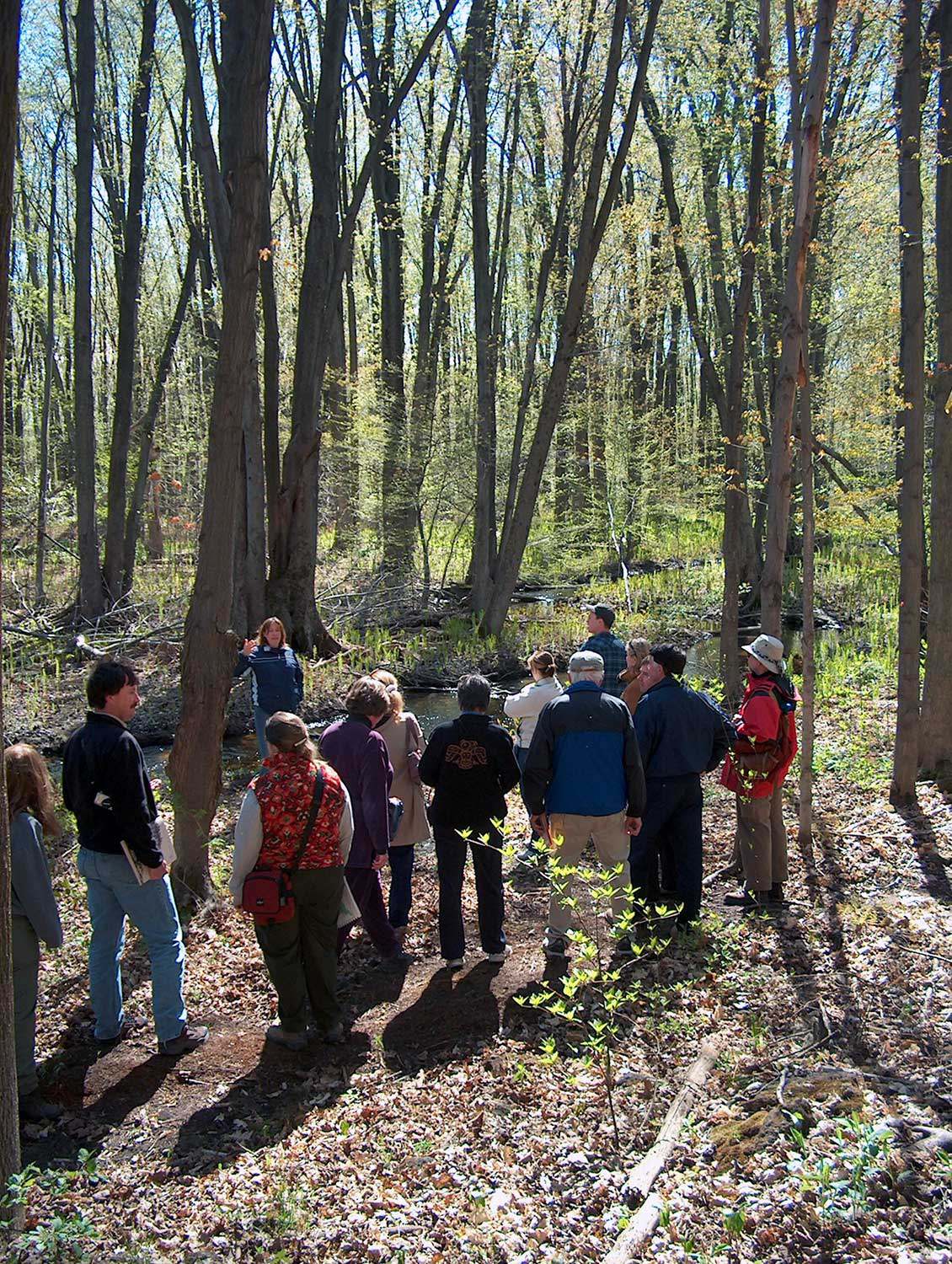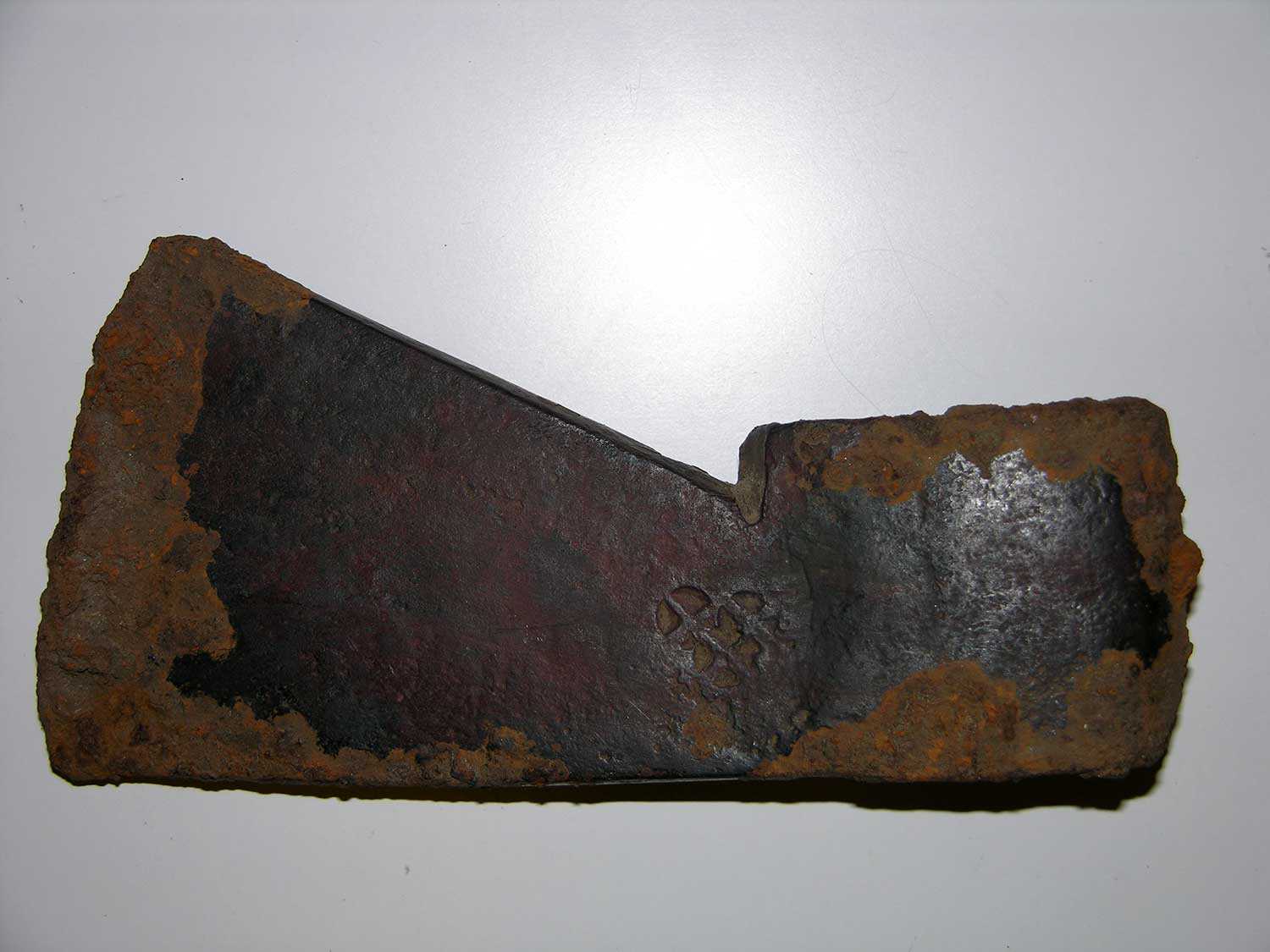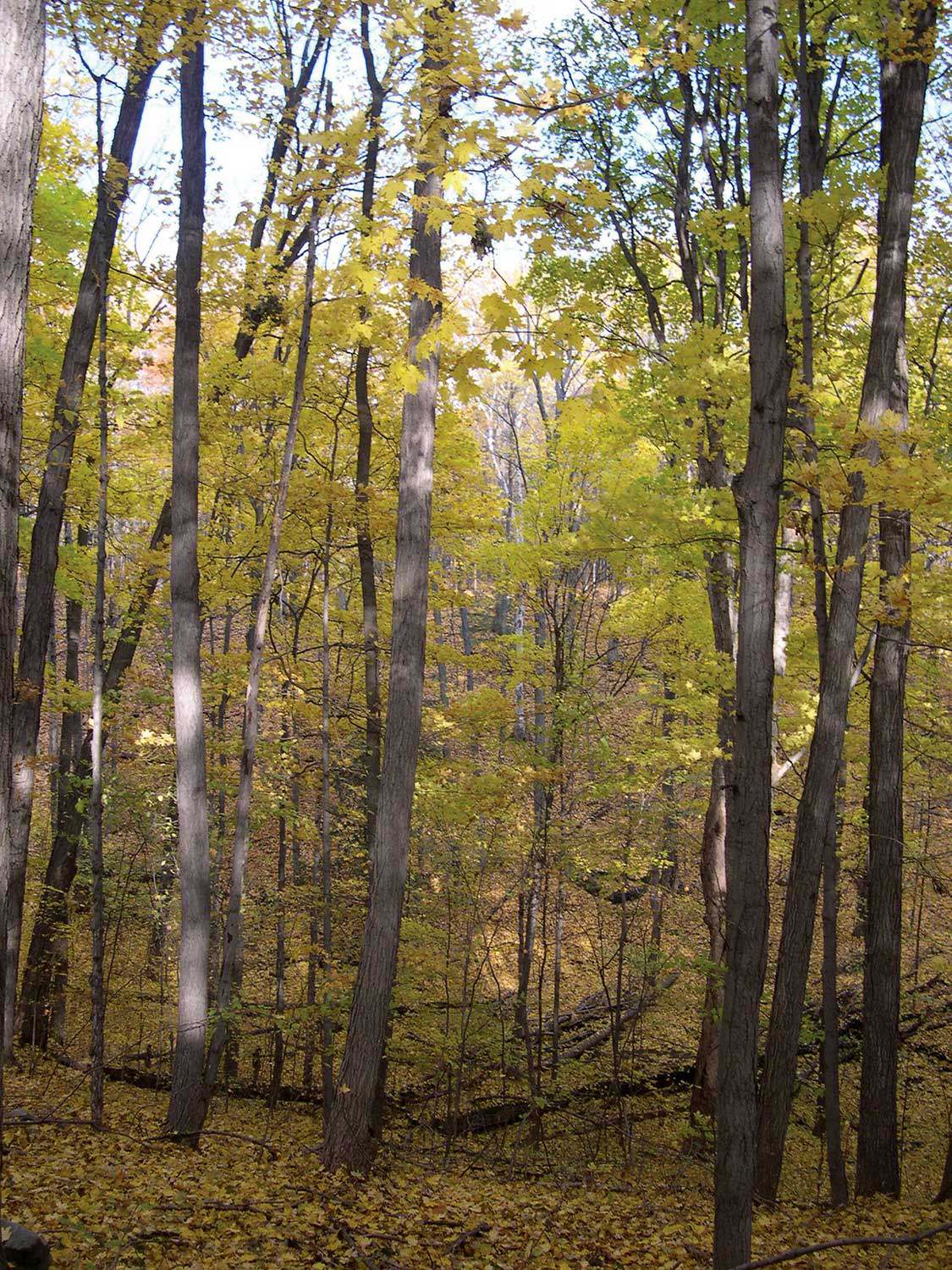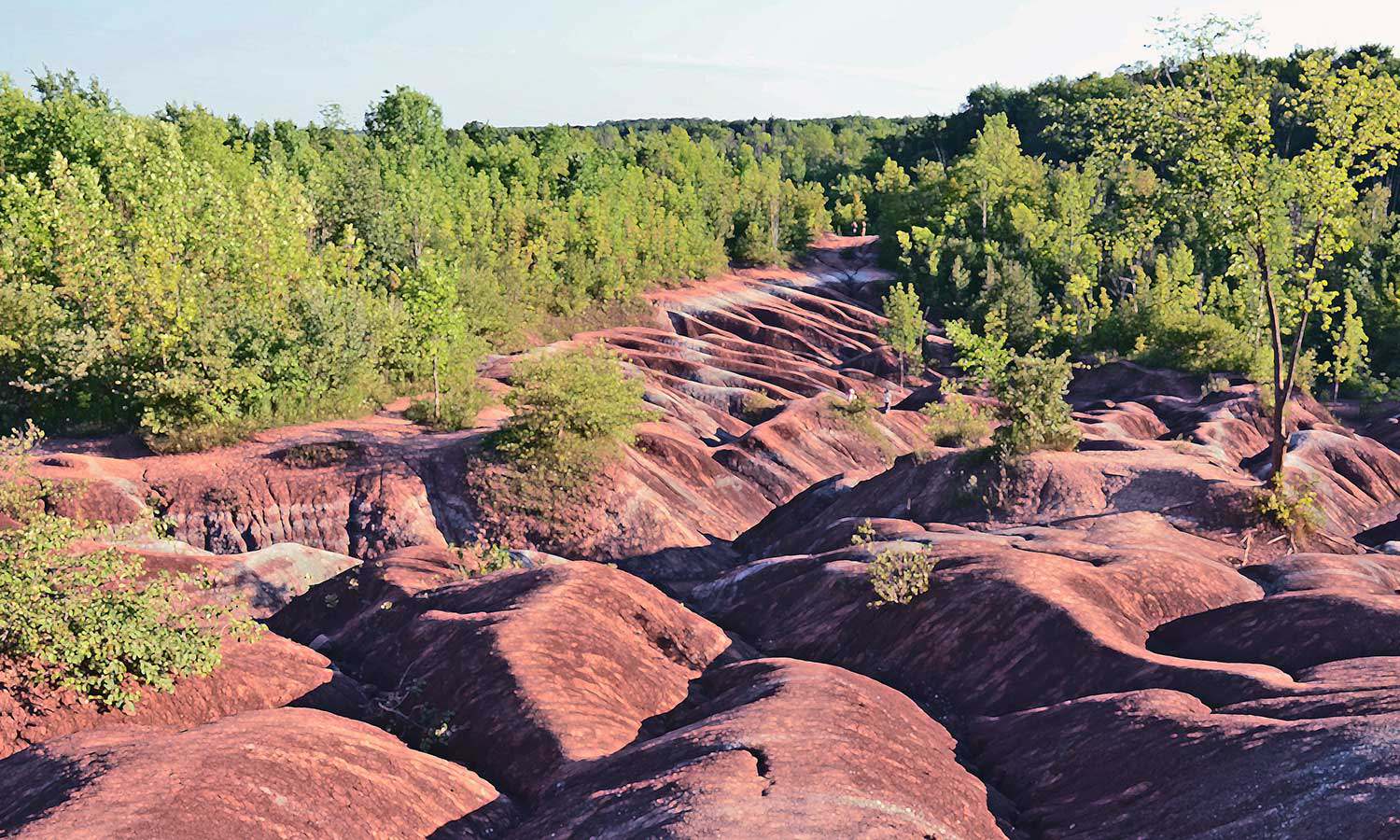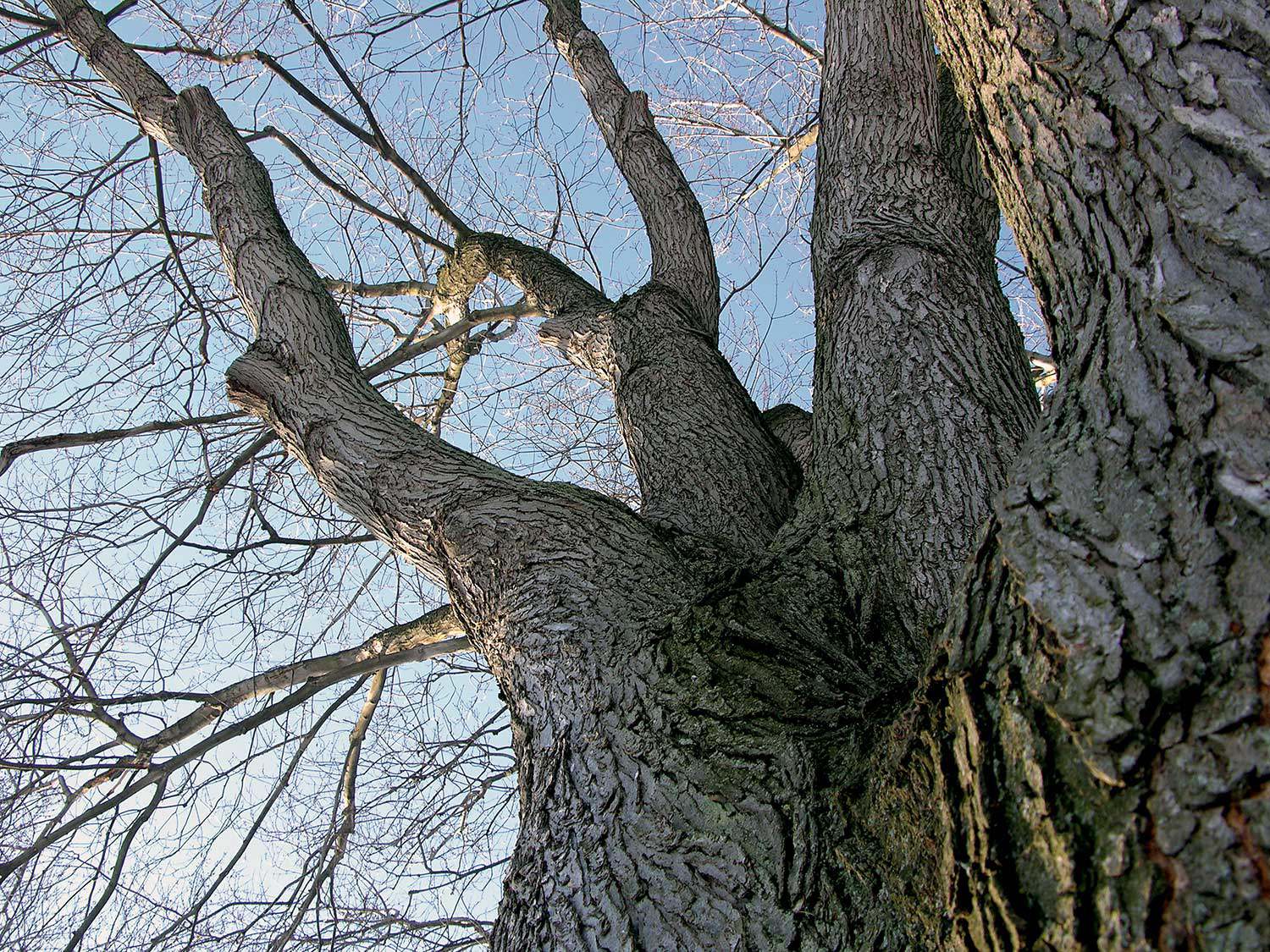

Browse by category
- Adaptive reuse
- Archaeology
- Arts and creativity
- Black heritage
- Buildings and architecture
- Communication
- Community
- Cultural landscapes
- Cultural objects
- Design
- Economics of heritage
- Environment
- Expanding the narrative
- Food
- Francophone heritage
- Indigenous heritage
- Intangible heritage
- Medical heritage
- Military heritage
- MyOntario
- Natural heritage
- Sport heritage
- Tools for conservation
- Women's heritage
Tools through time: Protecting the past for the future
Archaeology, Natural heritage
Published Date: May 10, 2007
Photo: Archaeological assessment of a Trust natural heritage property
Identifying and protecting places in our communities that have cultural heritage value is an important part of managing change. Heritage buildings, archaeological sites and cultural landscapes provide Ontario with a unique identity that needs to be preserved.
Our province has a rich and diverse archaeological heritage spanning over 10,000 years. The archaeological sites that are found across the province include aboriginal hunting and fishing camps and village sites. There is also evidence of pioneer settlements. The Ontario Heritage Trust plays an important role in the protection and preservation of over 100 of Ontario’s archaeological sites. These sites are found on built, cultural and natural heritage properties across the province as well as within the Trust’s easement portfolio.
Archaeological sites are often discovered during the development process. The Ministry of Culture plays a key role by assisting and guiding municipalities and developers in ensuring that the relevant Ontario Heritage Act requirements are met. The Ministry reviews investigations by archaeologists and documents new and existing archaeological resources through an archaeological sites database.
There is a broad range of tools available for the protection of archaeological sites in Ontario. The following questions assist archaeologists in determining which option is most appropriate for a given situation:
- Where is the property located?
- What is the archaeological significance?
- How much information is known about the site?
- Have non-destructive techniques been utilized to identify the size of the site?
- What stage(s) of archaeological assessment has been undertaken?
- Is the property subject to a redevelopment or major site alteration?
- Is there political support for the preservation of the site?
- Who owns the property?
- Is the archaeological site contained on one property or many?
- What is the current and future use of the property?
- Are built heritage resources also located on the property?
With the above questions answered, there are numerous options available for the protection of archaeological sites:
- Registration on the provincial database.
- Listing on a municipal heritage inventory. Inclusion in a municipal/regional archaeological master plan.
- Referencing an archaeological master plan in a municipality’s Official Plan.
- Developing archaeological policies and protocols under a municipal Official Plan or Part II Plan.
- Municipal designation under Part IV of the Ontario Heritage Act (OHA) by a municipality.
- Municipal designation of multiple properties under Part V of the OHA (creation of a heritage conservation district).
- Securing a municipal conservation easement agreement (under section 37, OHA).
- Implementing an Interim Control Bylaw under the section 38 of the Planning Act.
- Archaeological zoning under section 34 of the Planning Act.
- Securing a conservation easement agreement held or assigned by the Ontario Heritage Trust (under section 10, OHA).
- Municipal acquisition through land swap/negotiation or fee simple purchase.
- Municipal acquisition through OHA section 36 expropriation.
- Fee simple acquisition of a property by the Ontario Heritage Trust under section 10, OHA.
- Issuance of a stop order by the Minister of Culture under section 35.2 or 62.1, OHA. Provincial designation under Part VI, section 34.5 of the OHA. Provincial designation under Part IV, OHA, by the Minister of Culture (non-Crown owned land).
- Development of a stewardship/monitoring agreement.
- Commemoration and public recognition of the site.
- Listing the property by the Minister of Culture as a property of cultural heritage value or interest.
- Prescription of marine archaeological sites by regulation under Part VI Section 48, OHA.
Ensuring that archaeological procedures are followed is part of the challenge. More difficult is trying to preserve sites in place rather than excavating and removing the resource. Newly identified sites are often excavated completely. Often, there isn’t sufficient knowledge, experience, funding or political support to use the tools available to avoid excavation and protect them.
Archaeological resources are non-renewable and unless we start setting aside important sites for future non-destructive research, we will completely mine our collective archaeological heritage.

